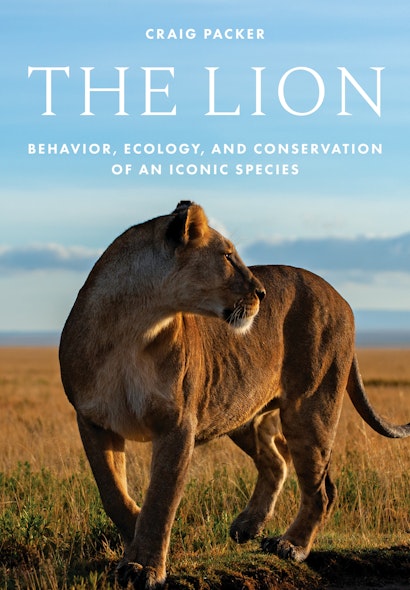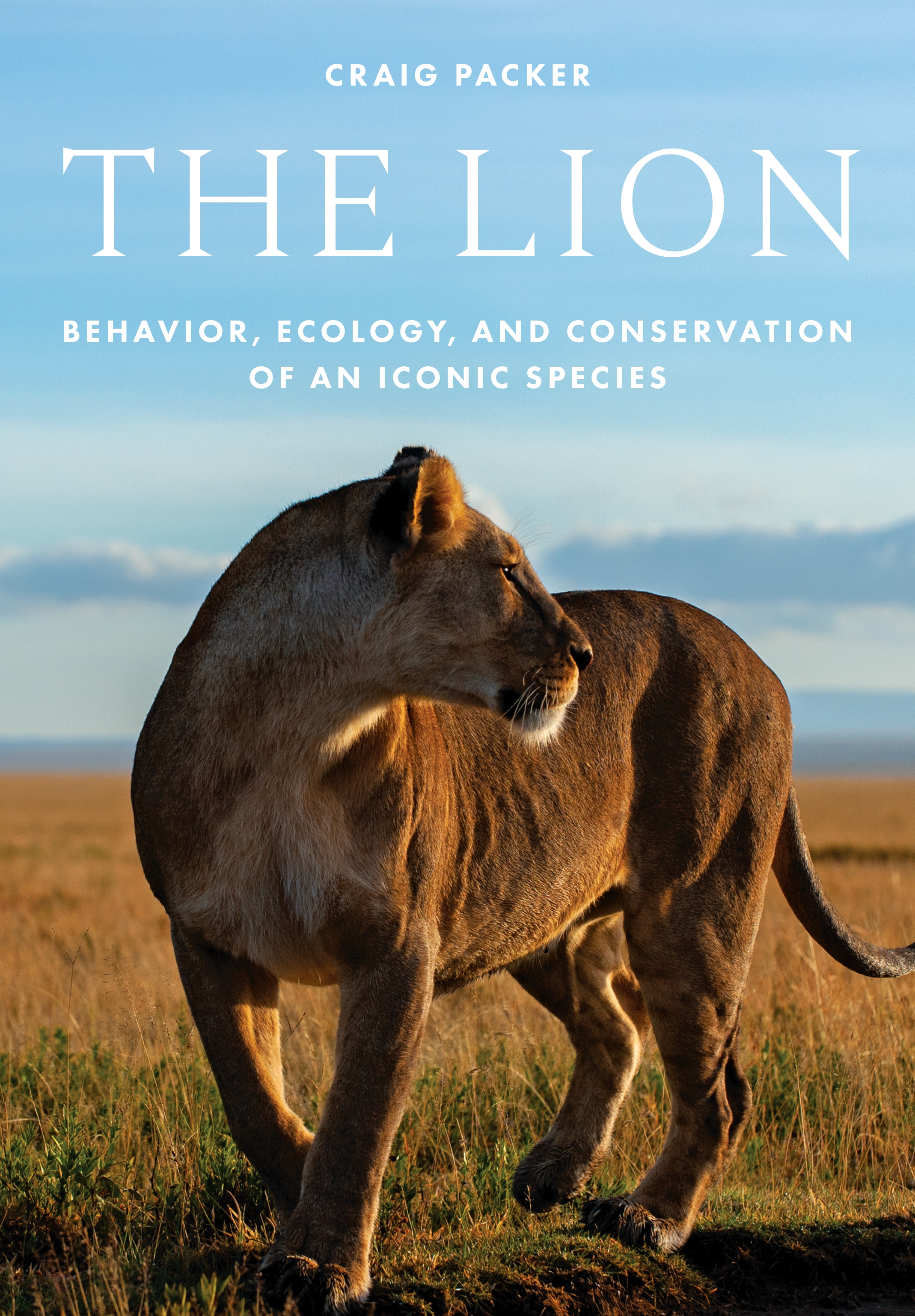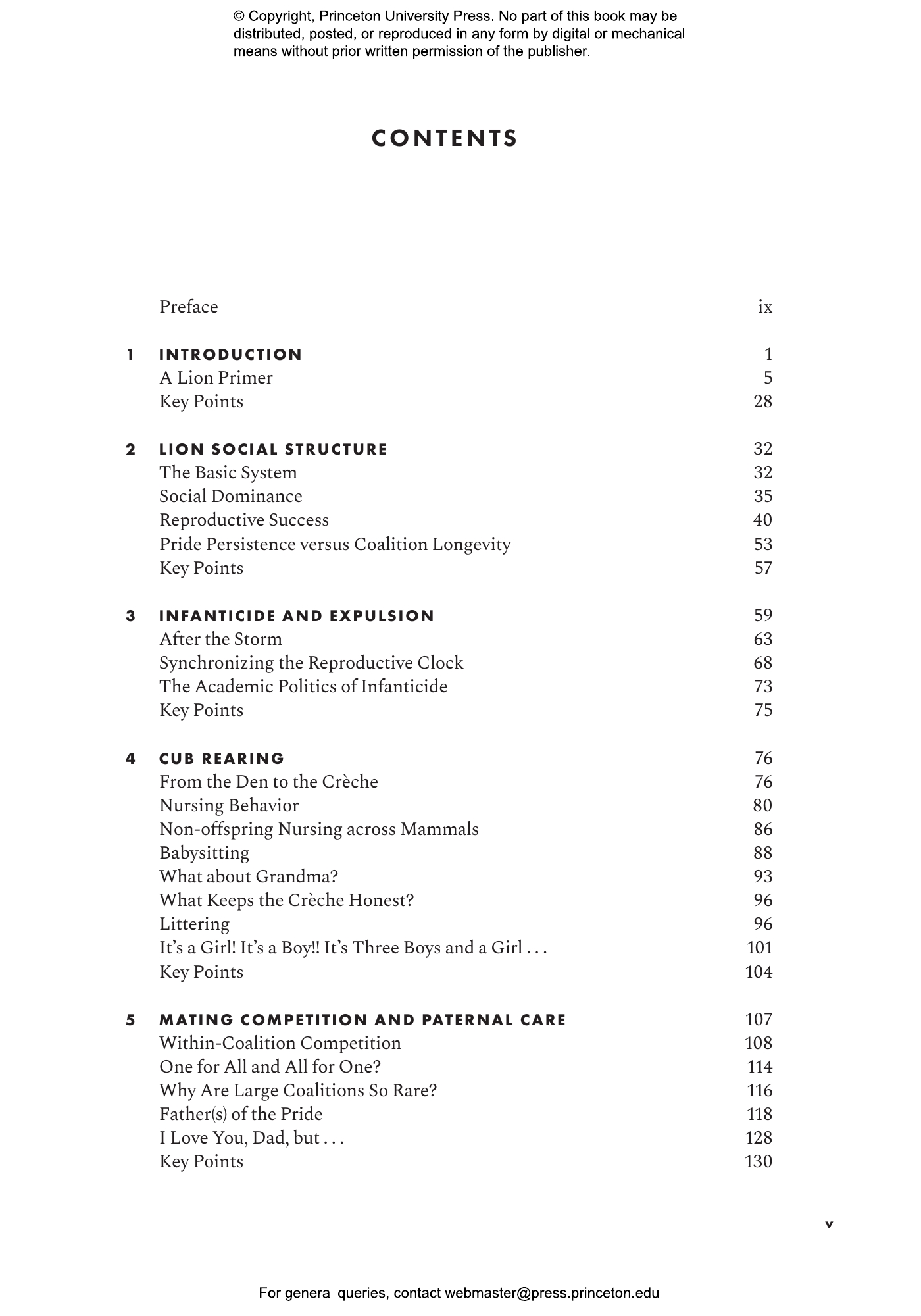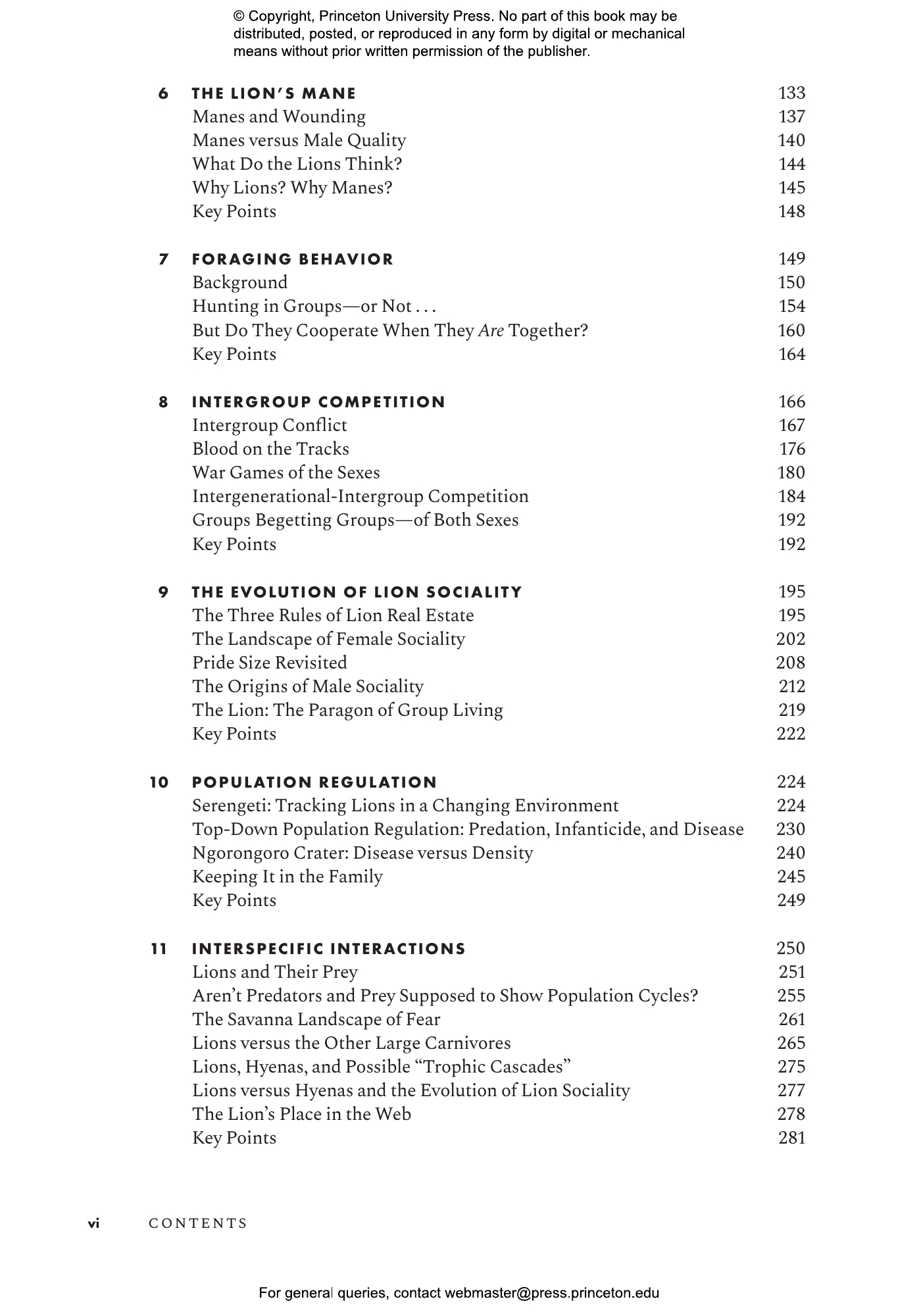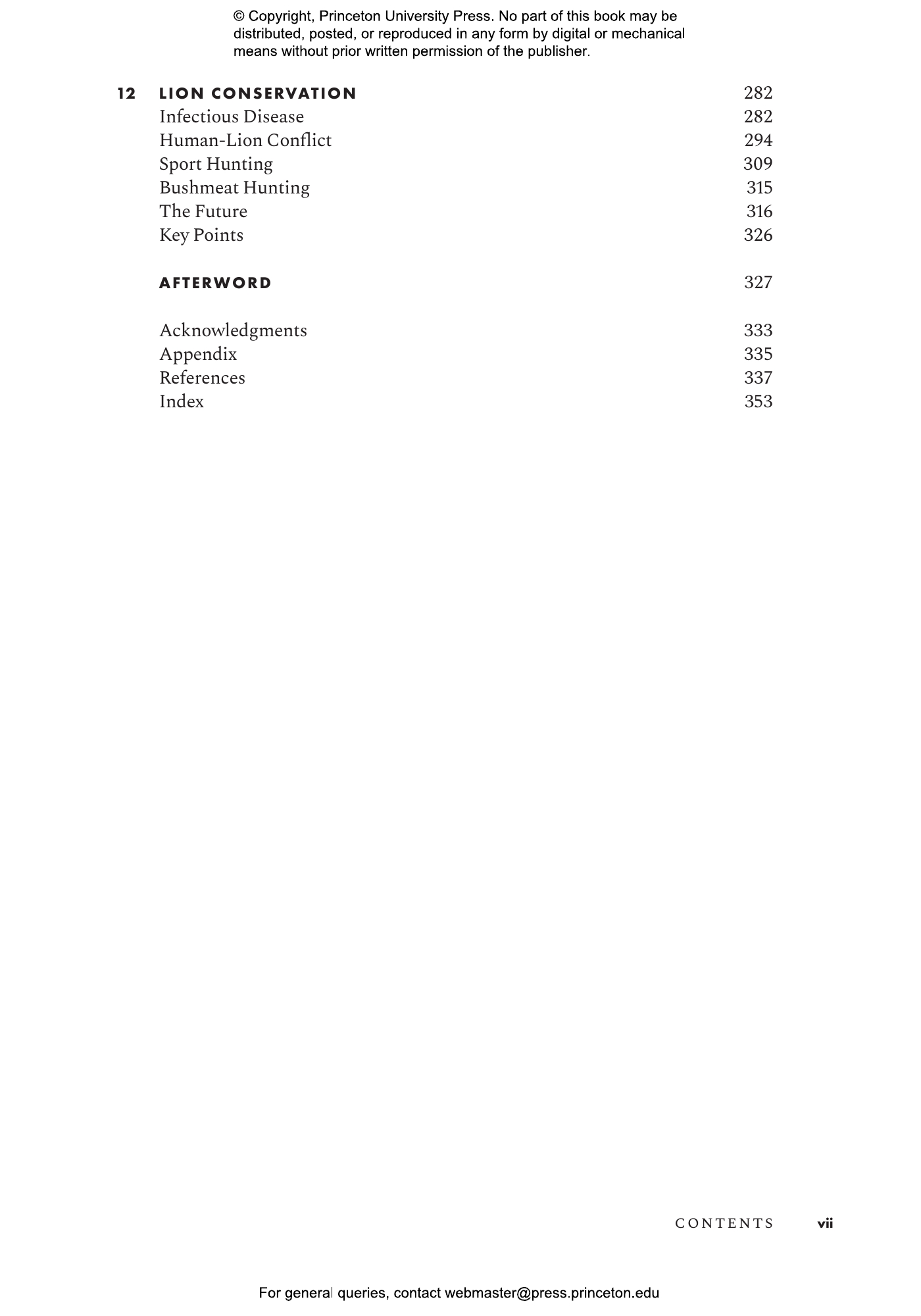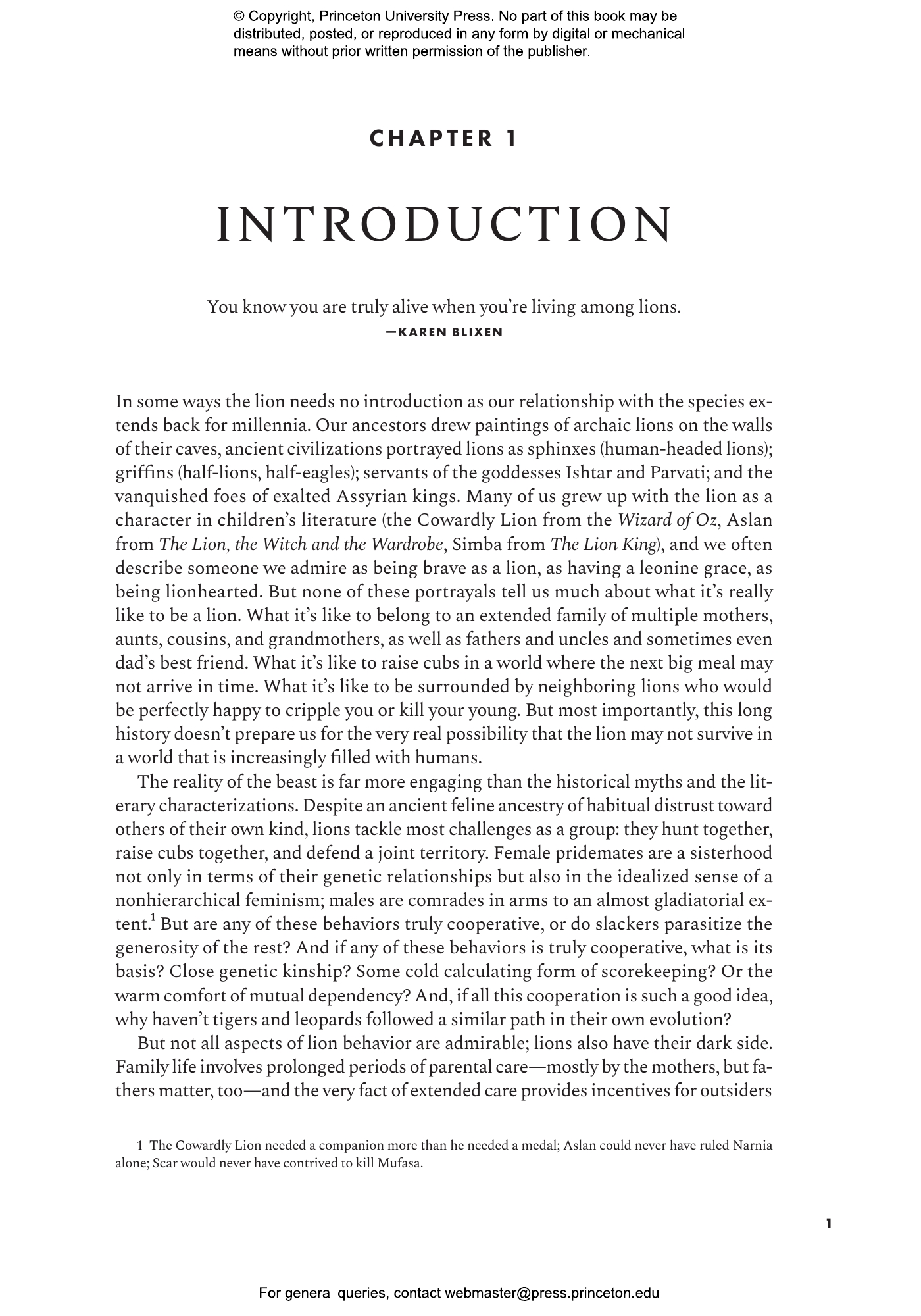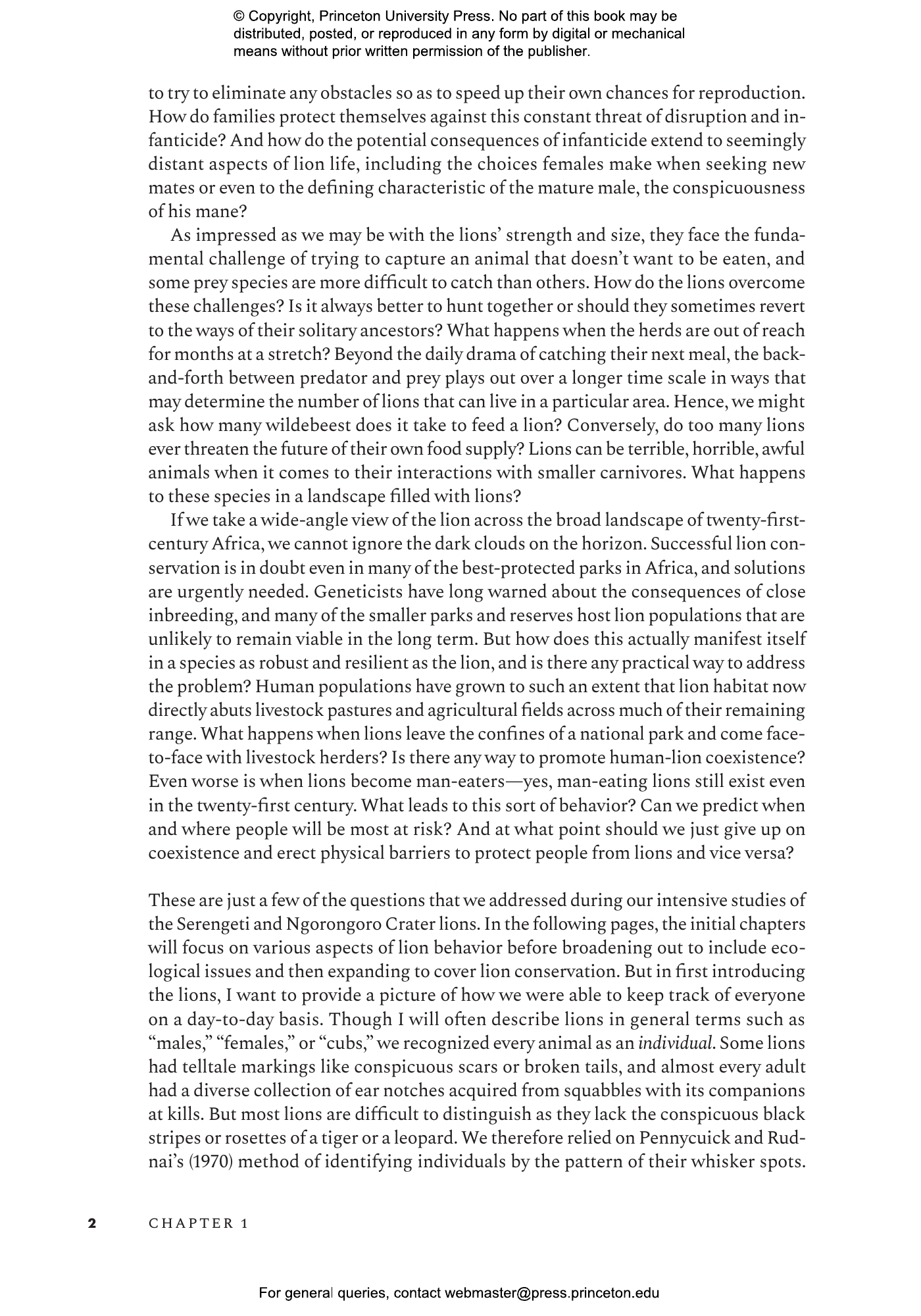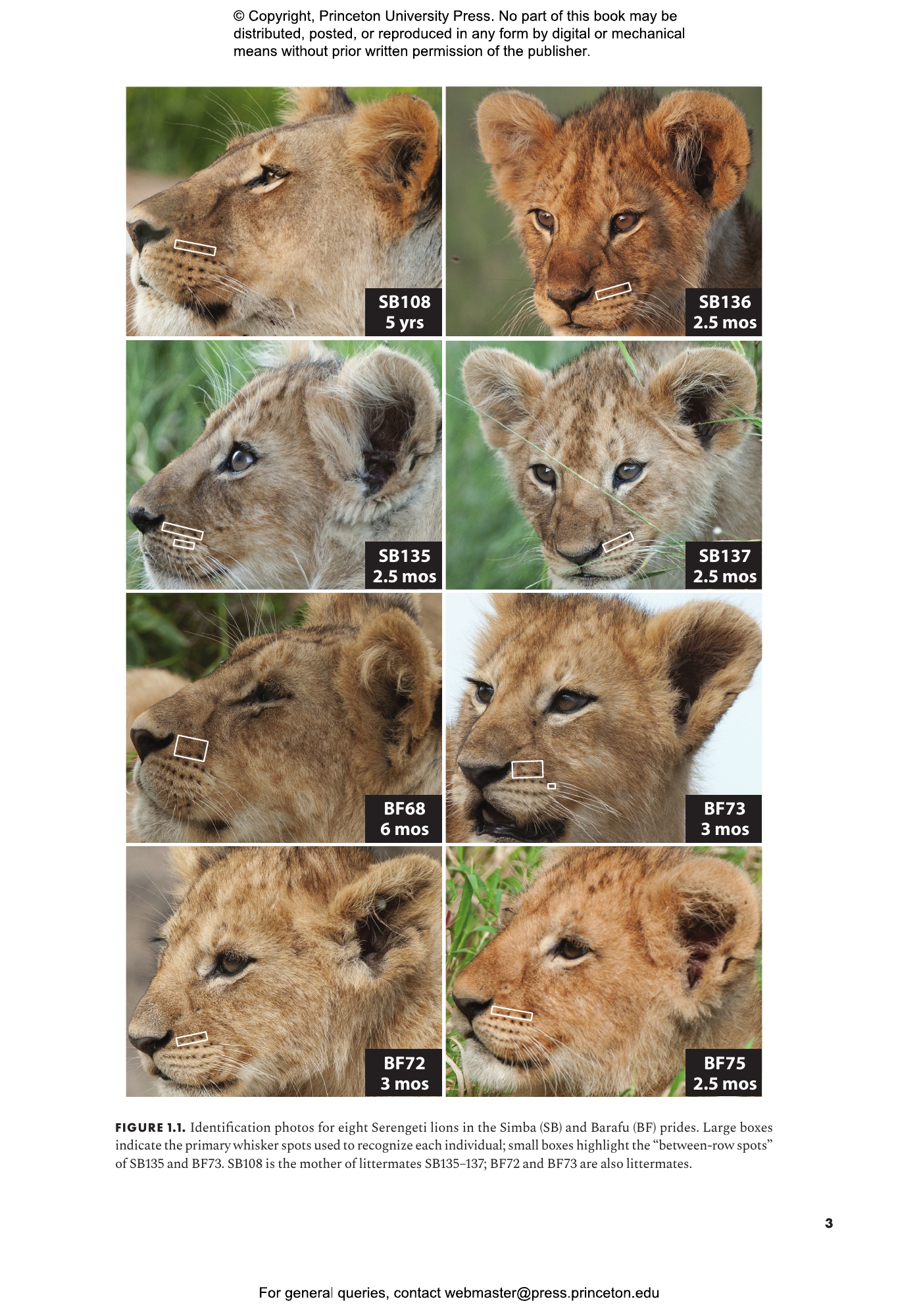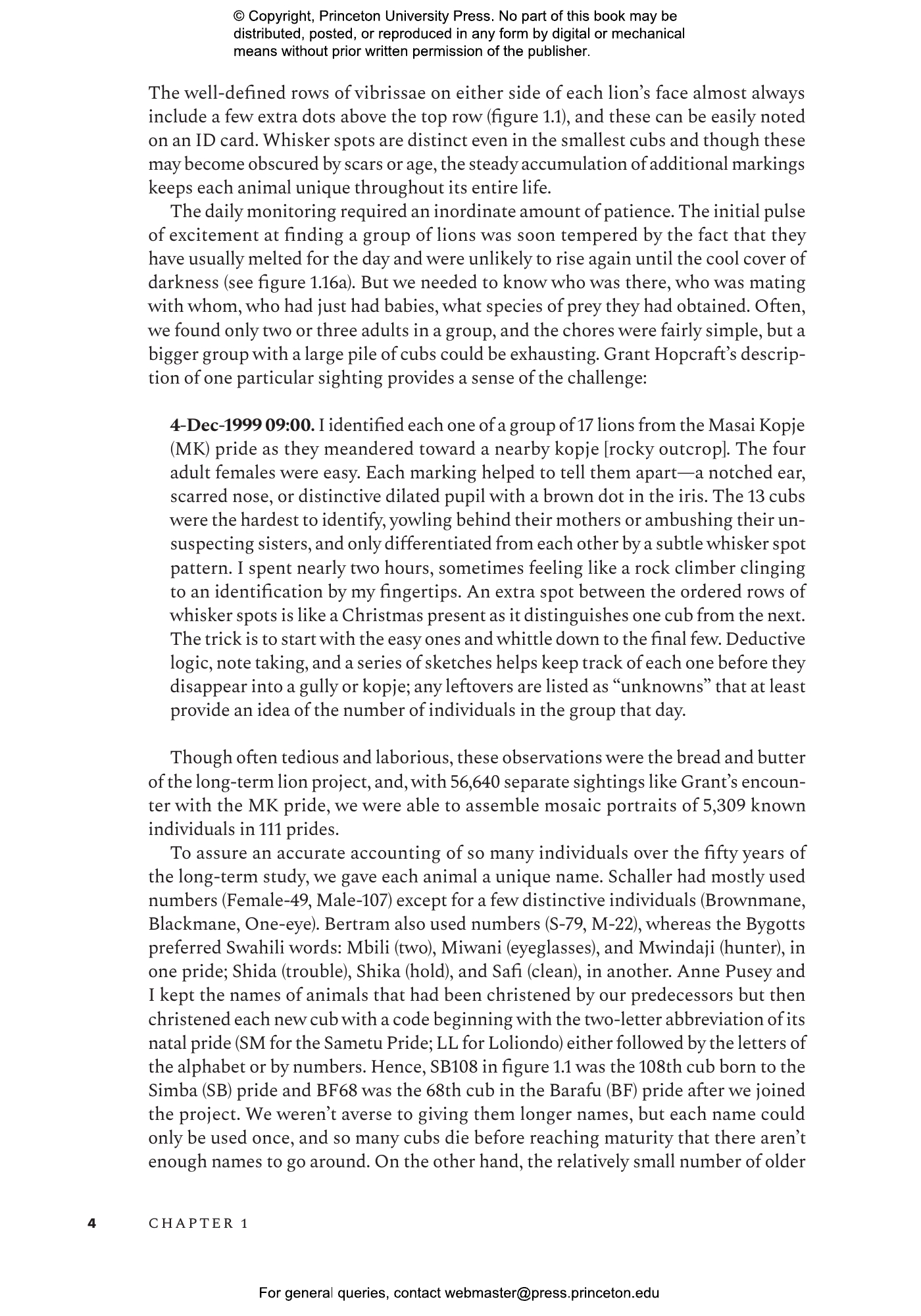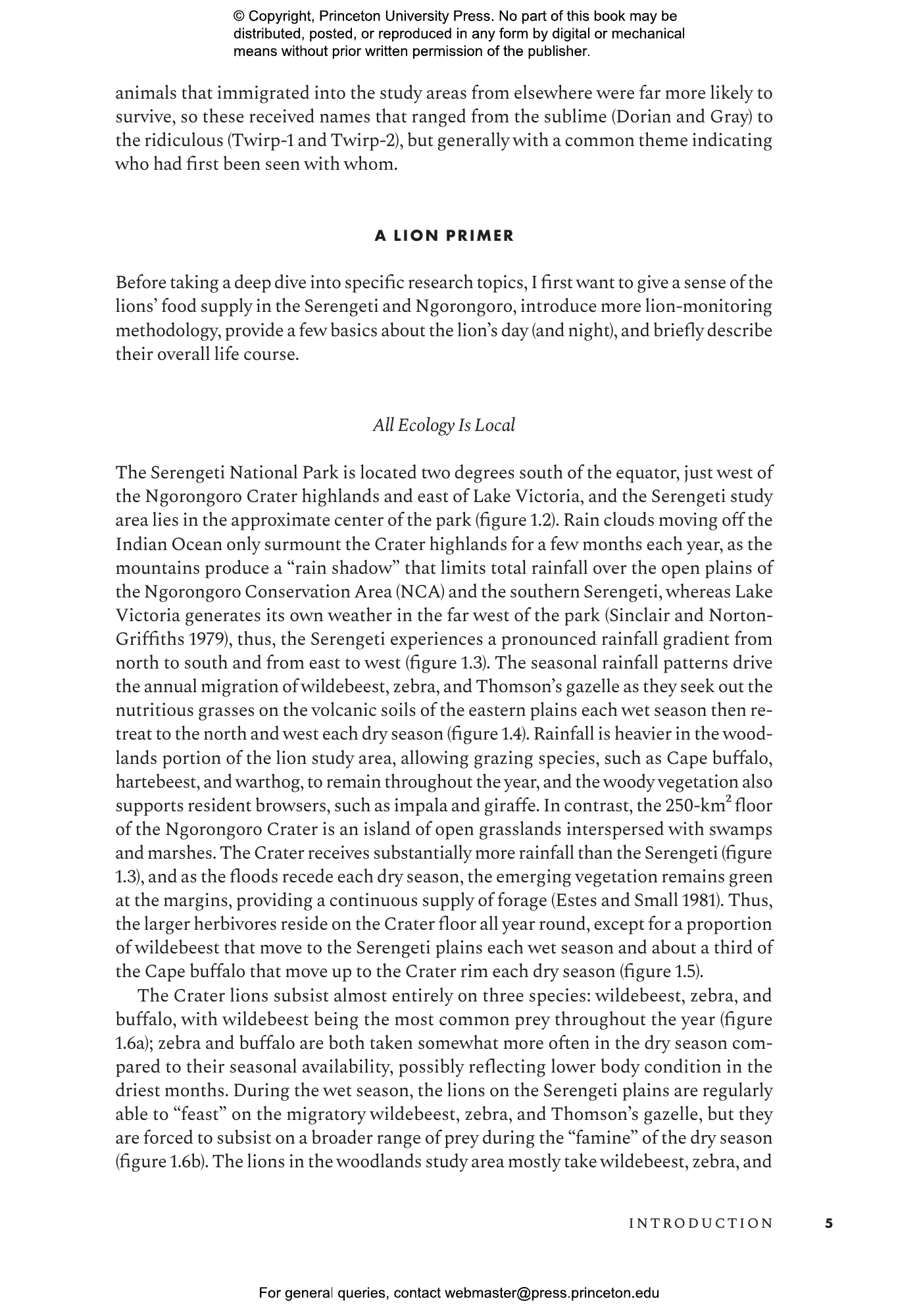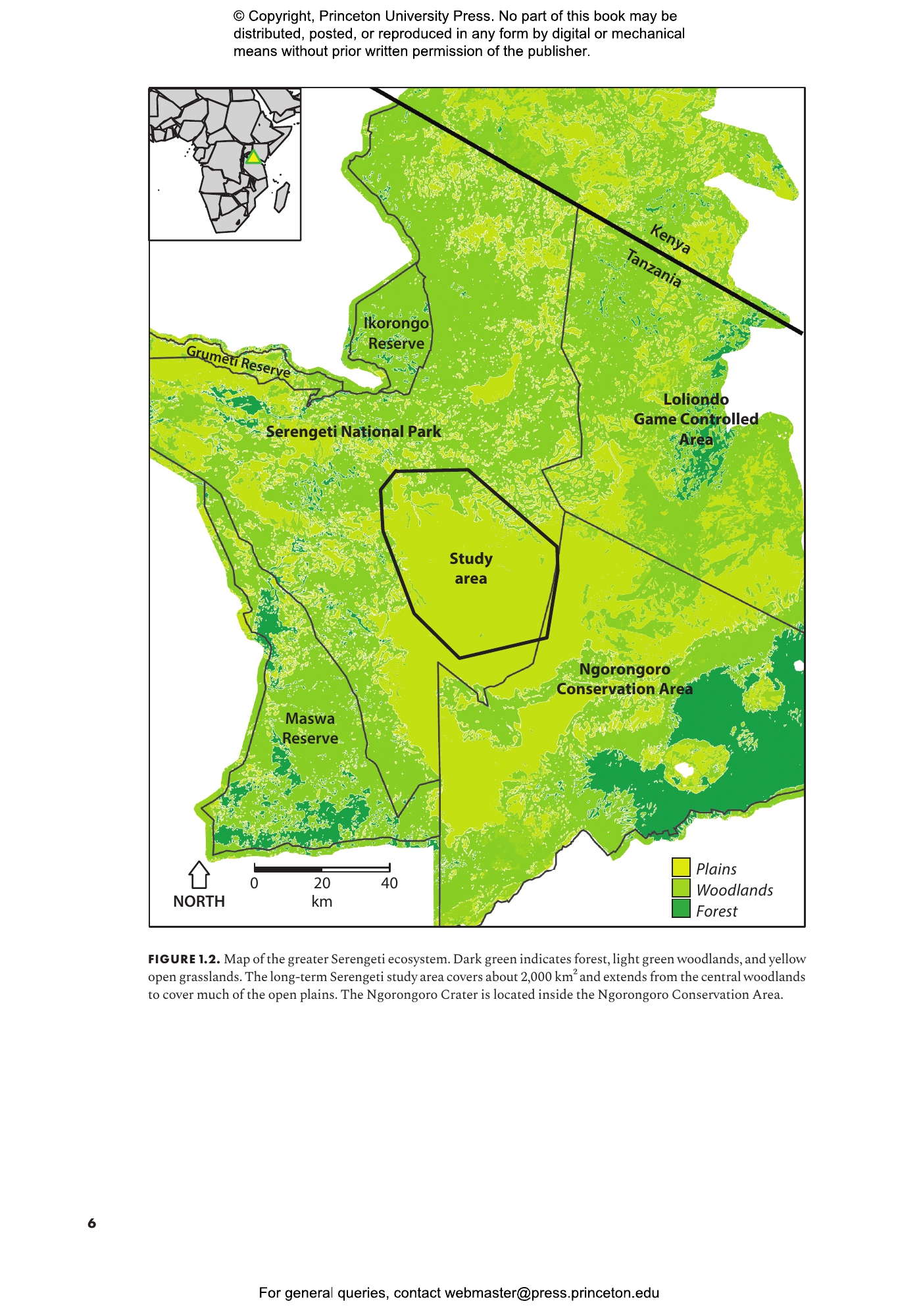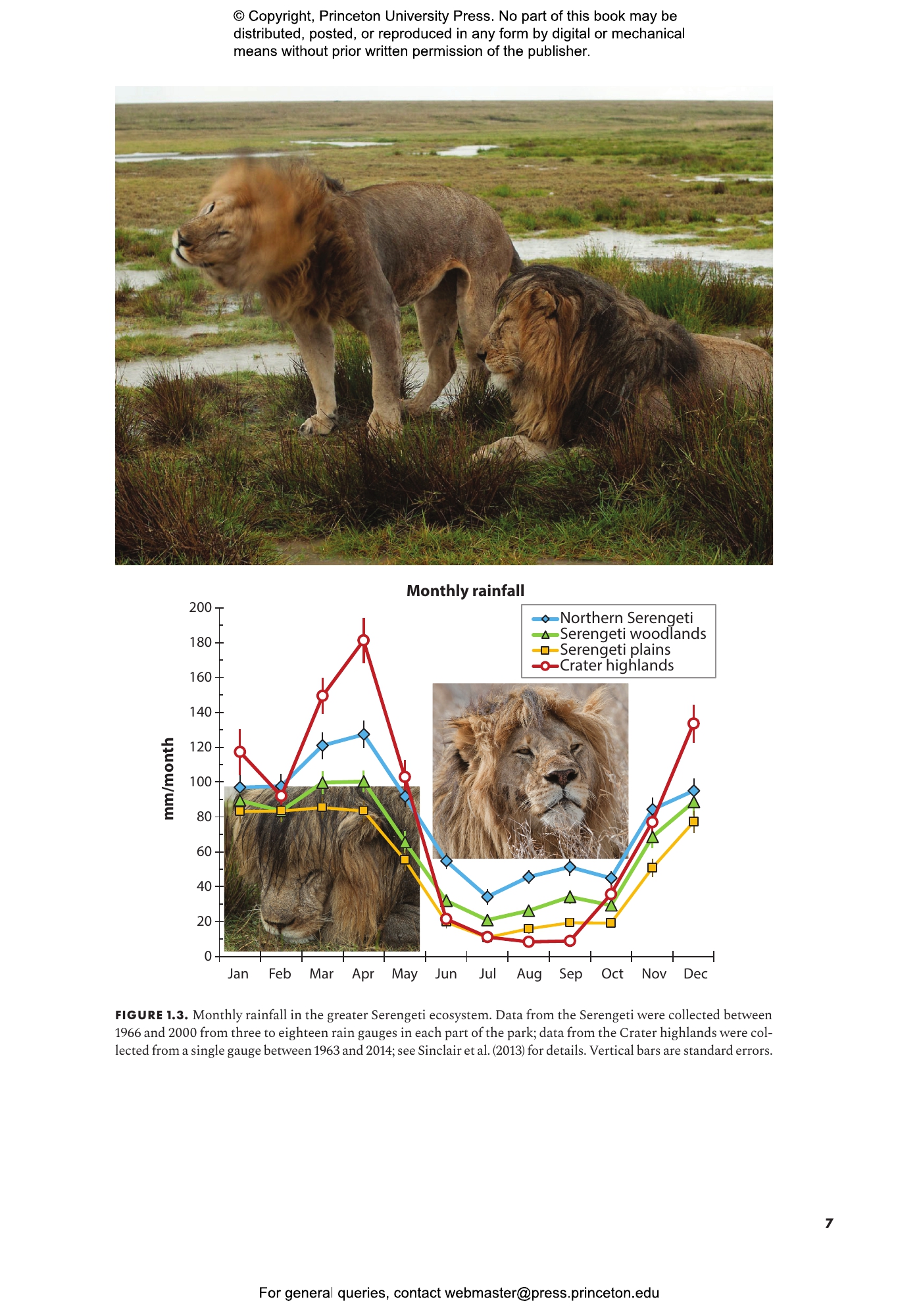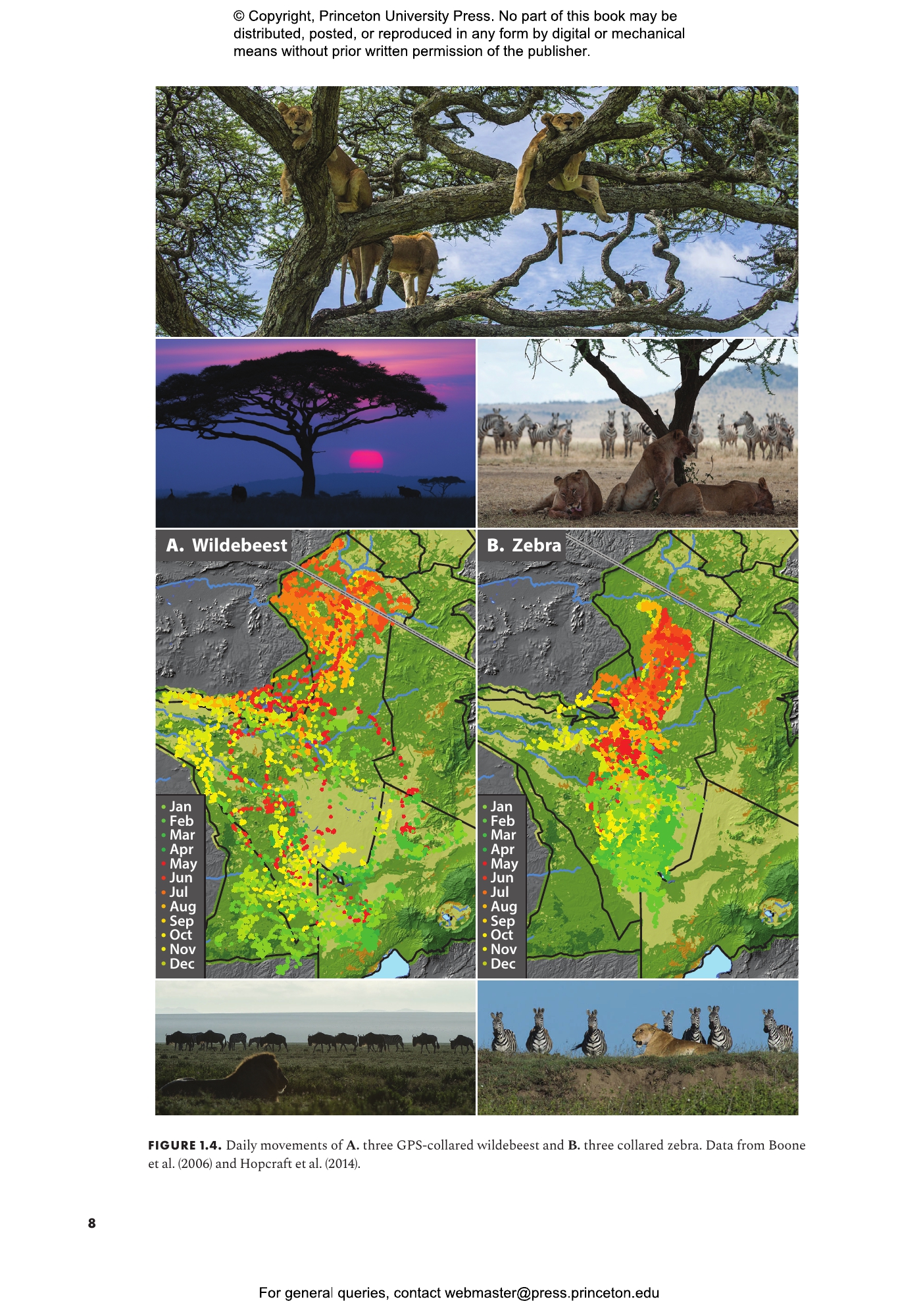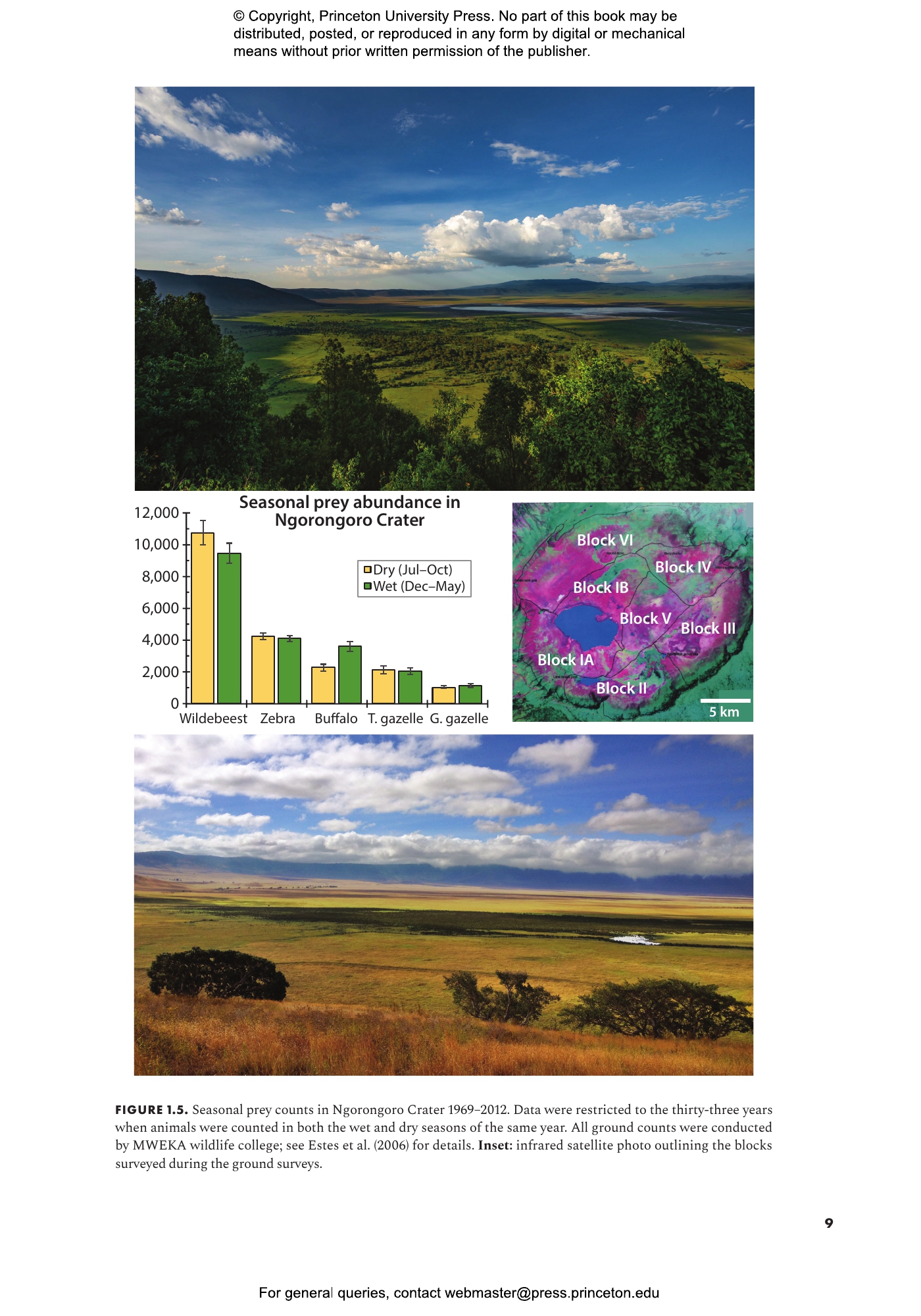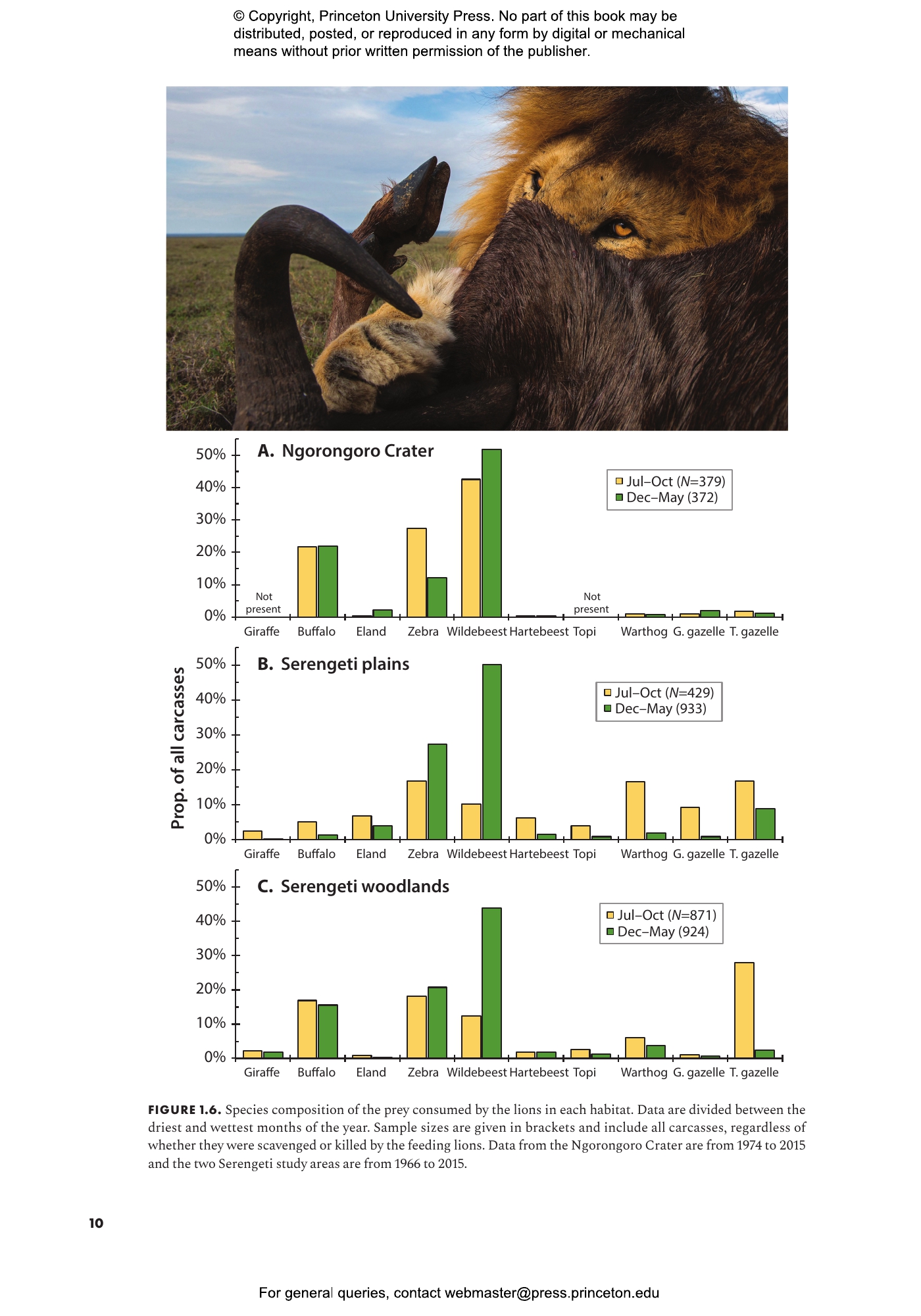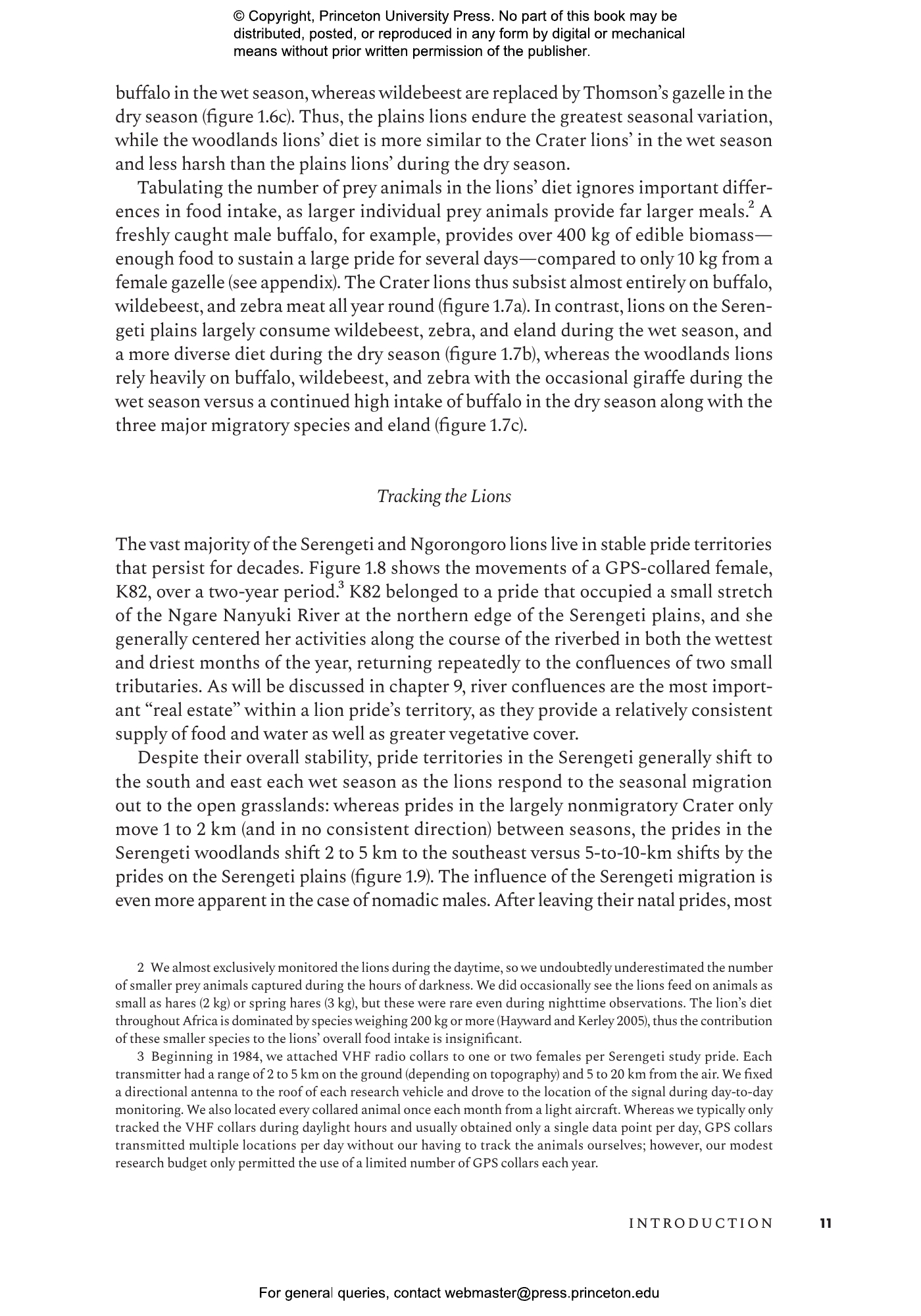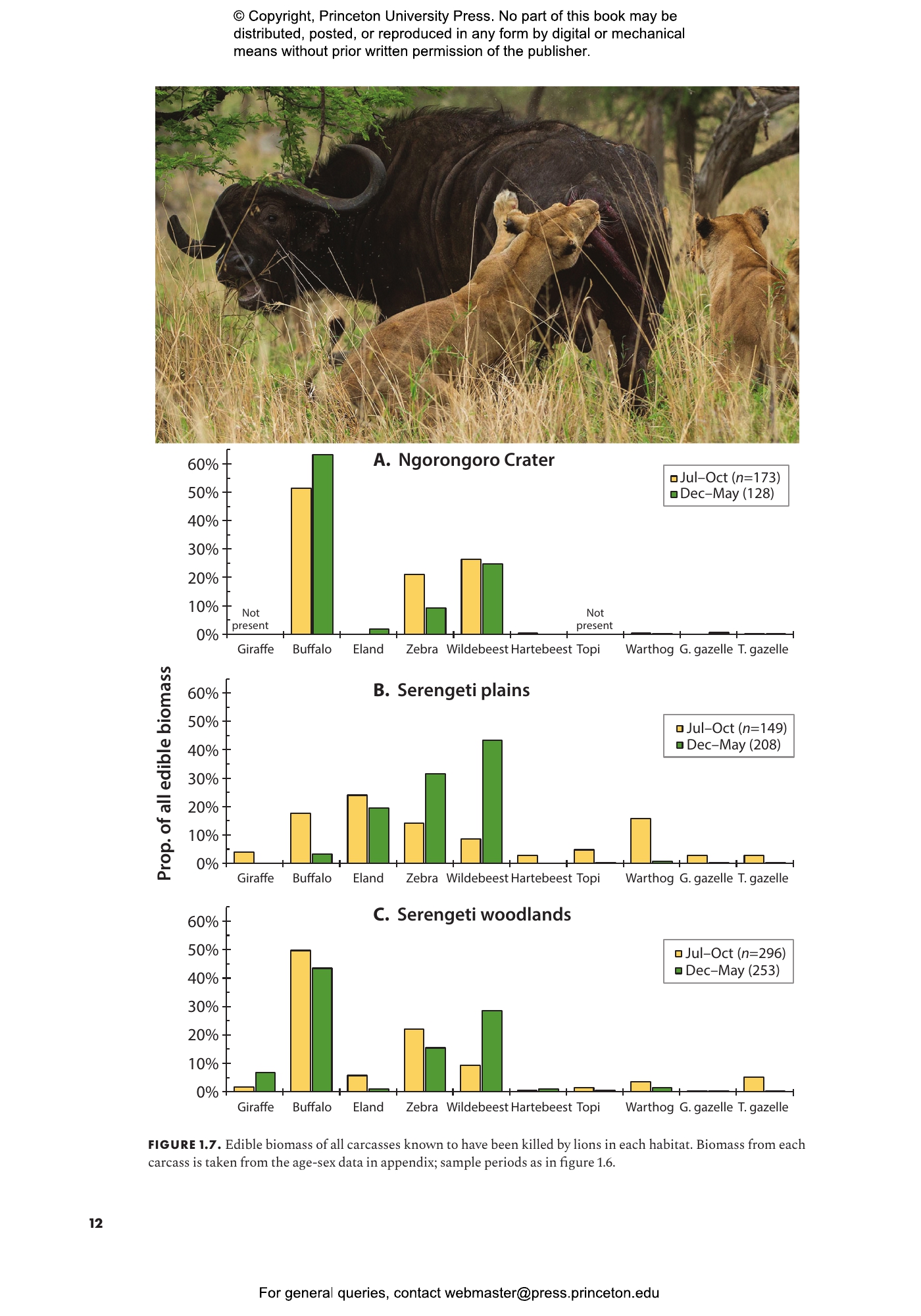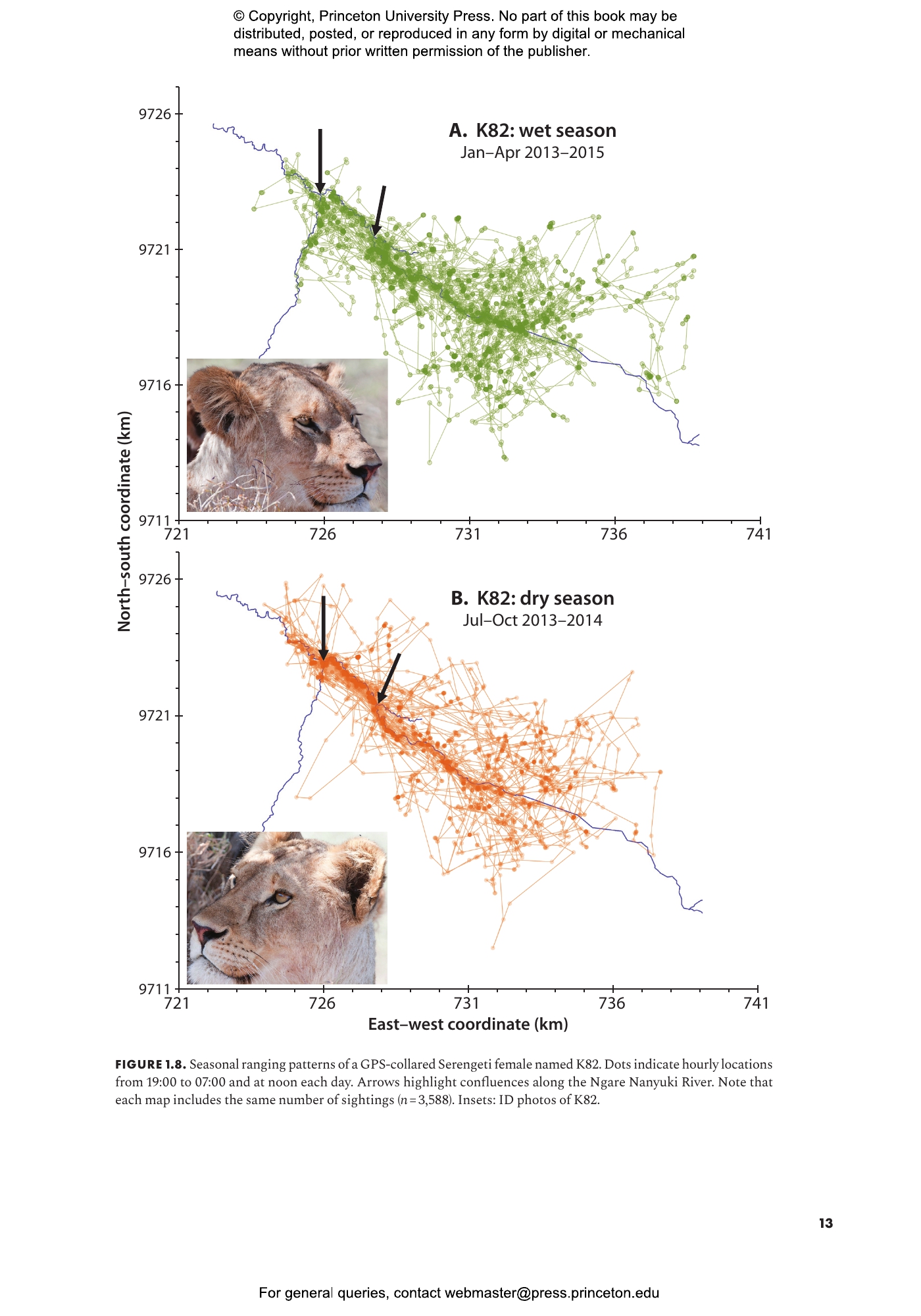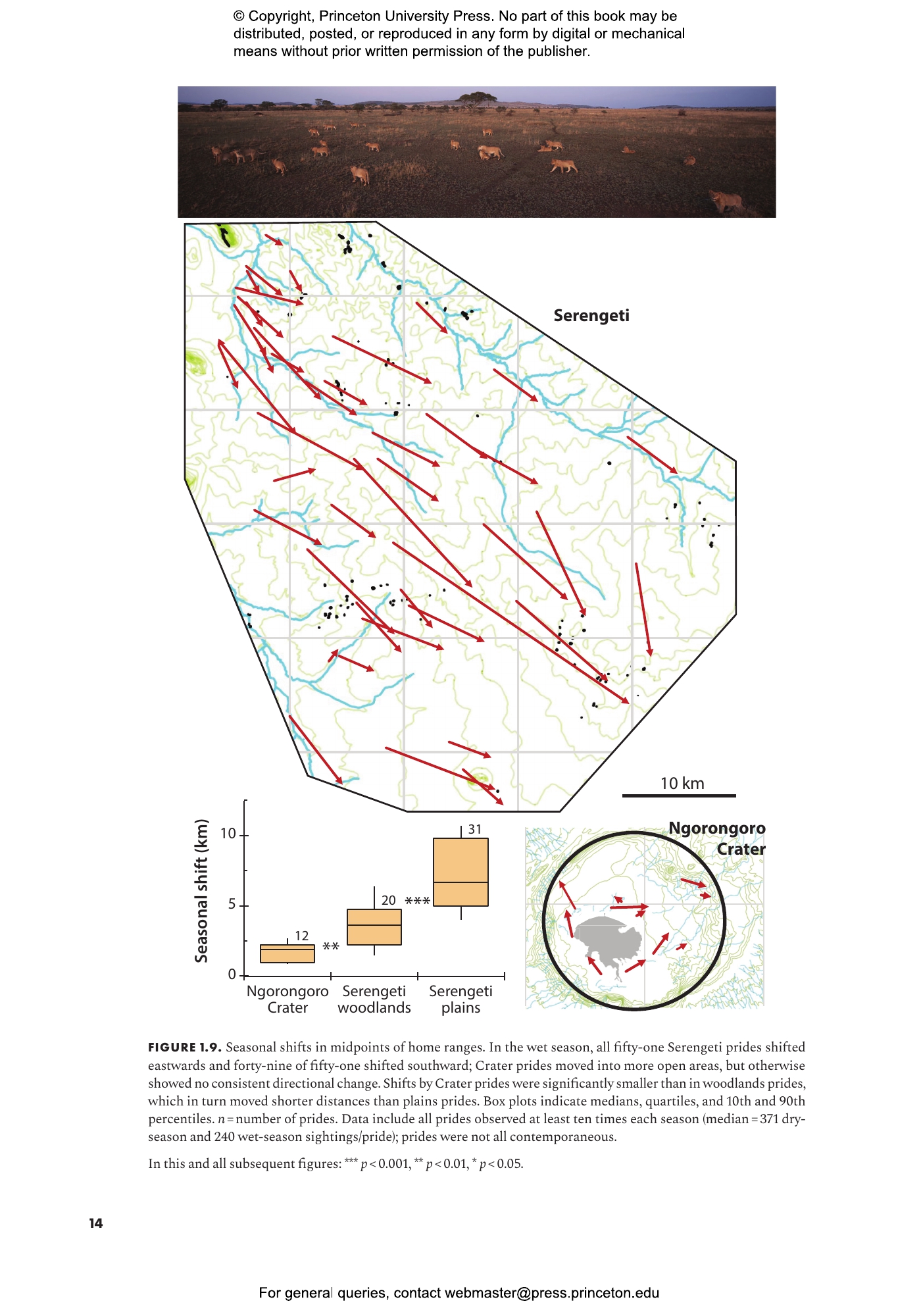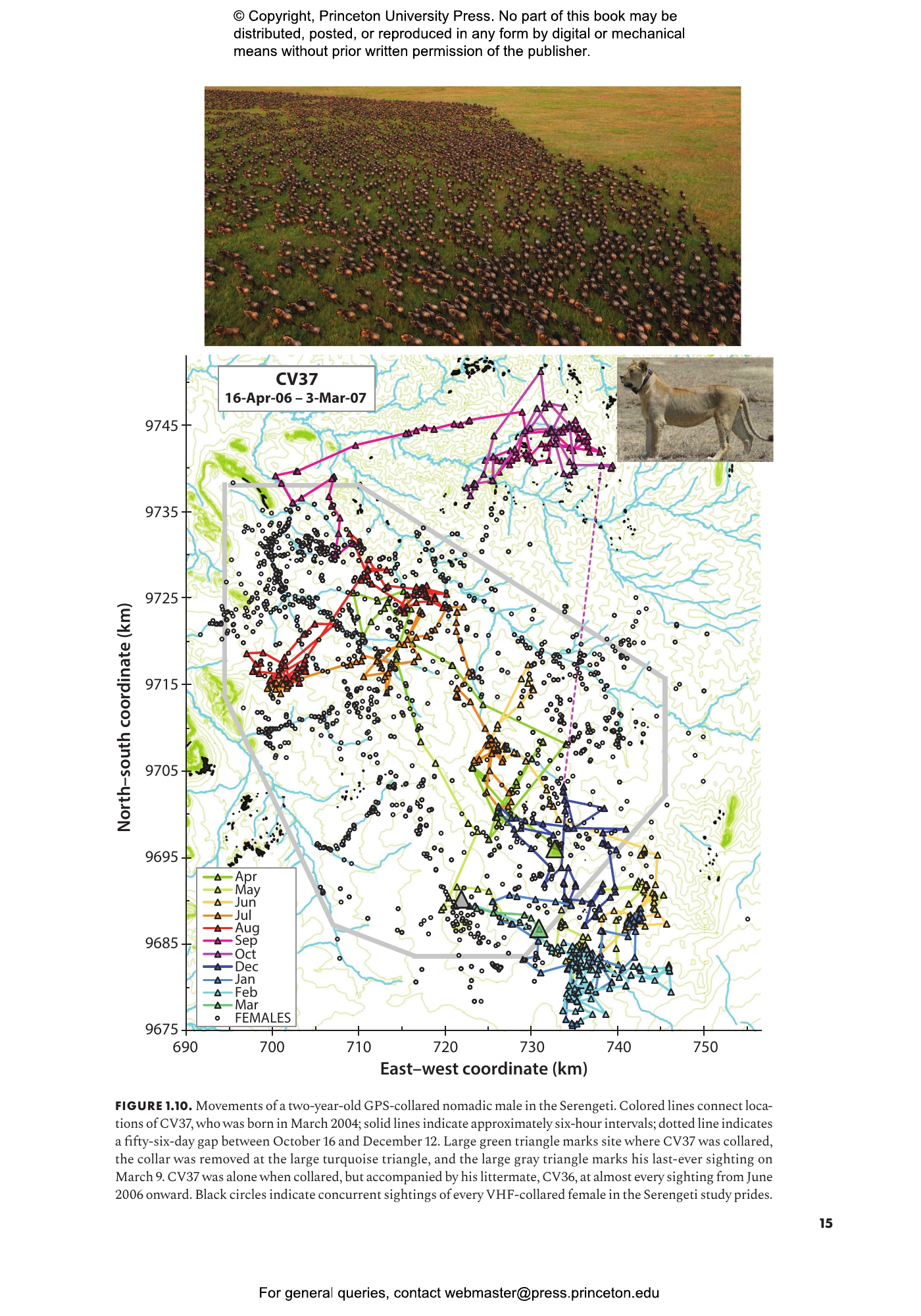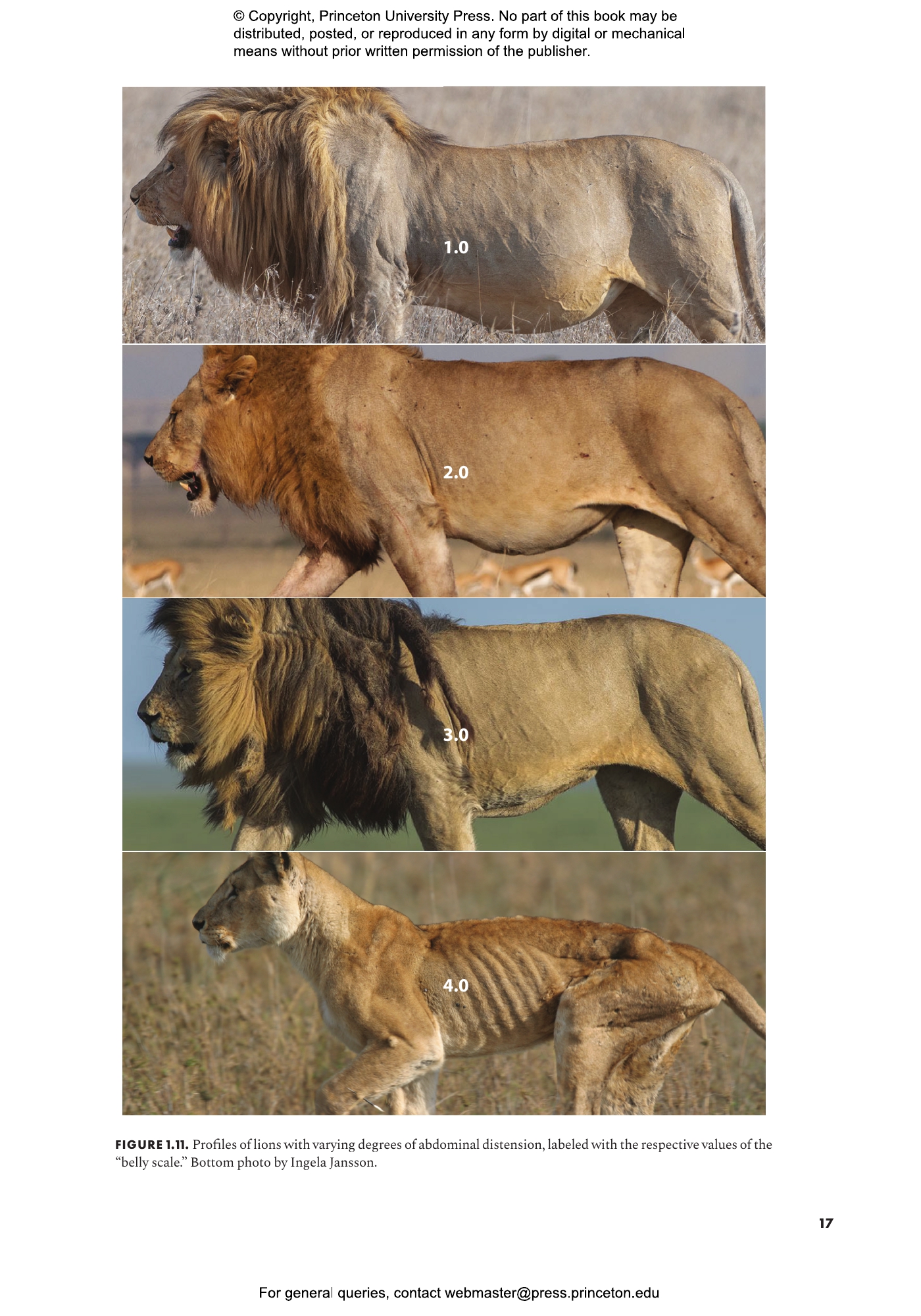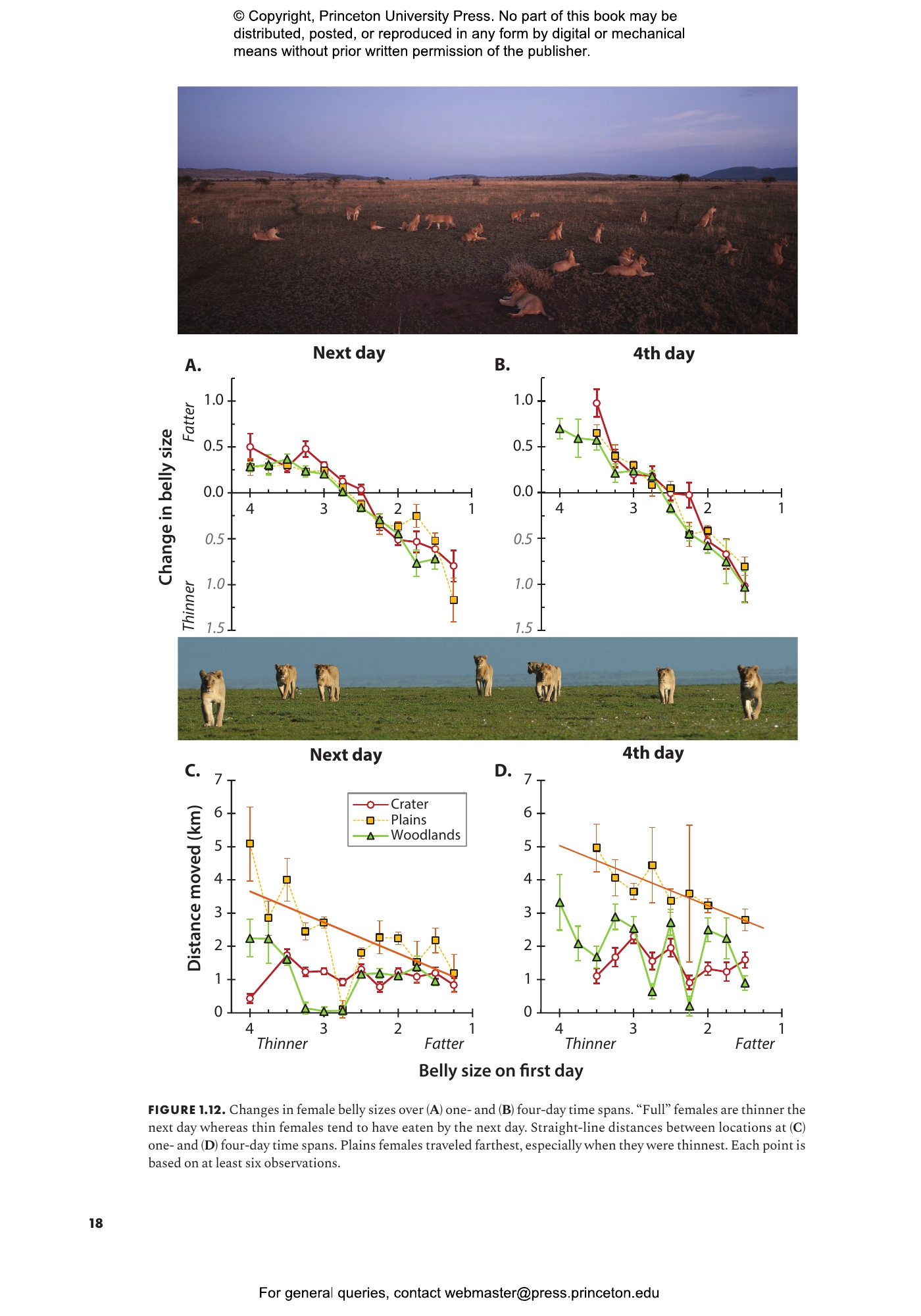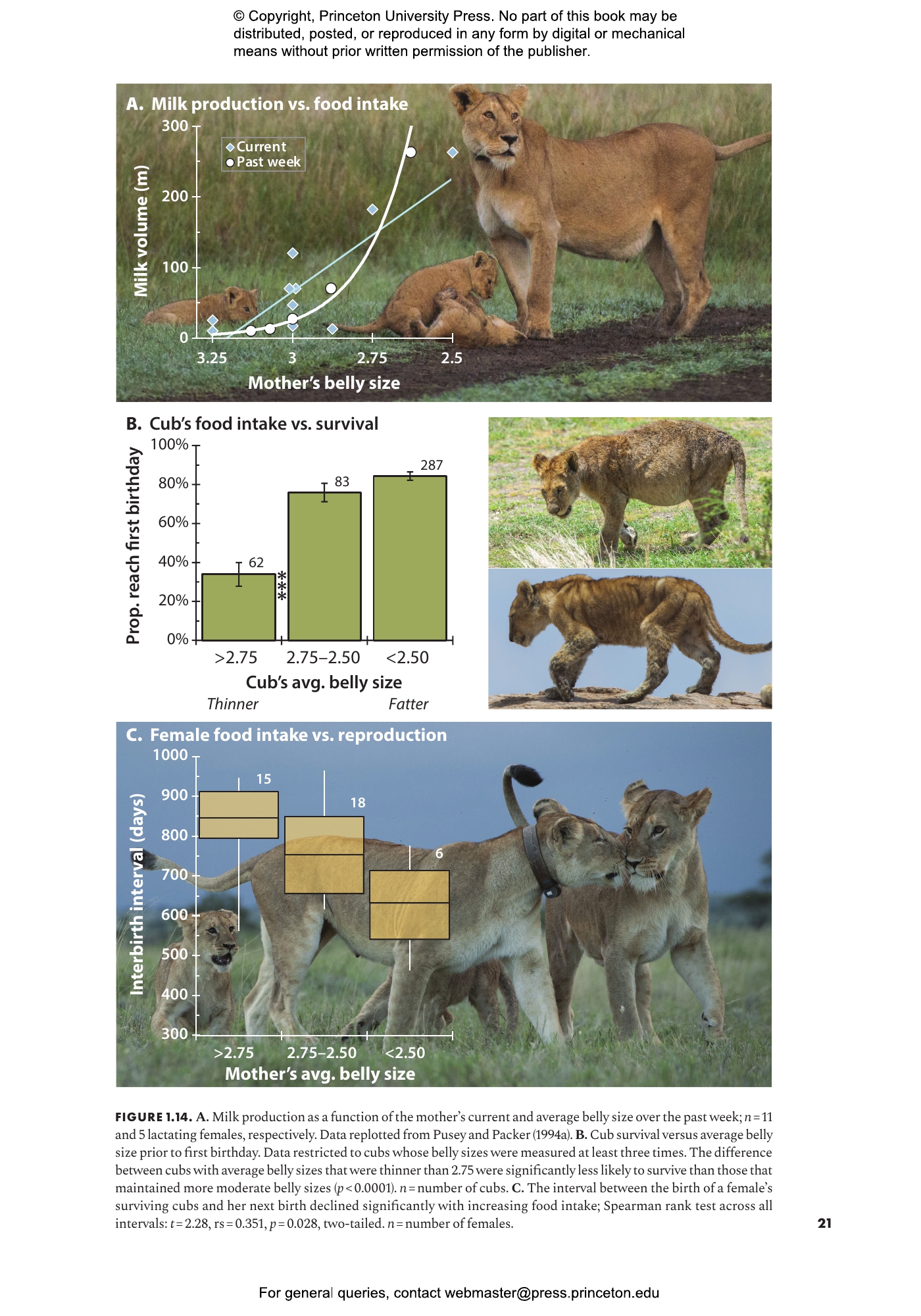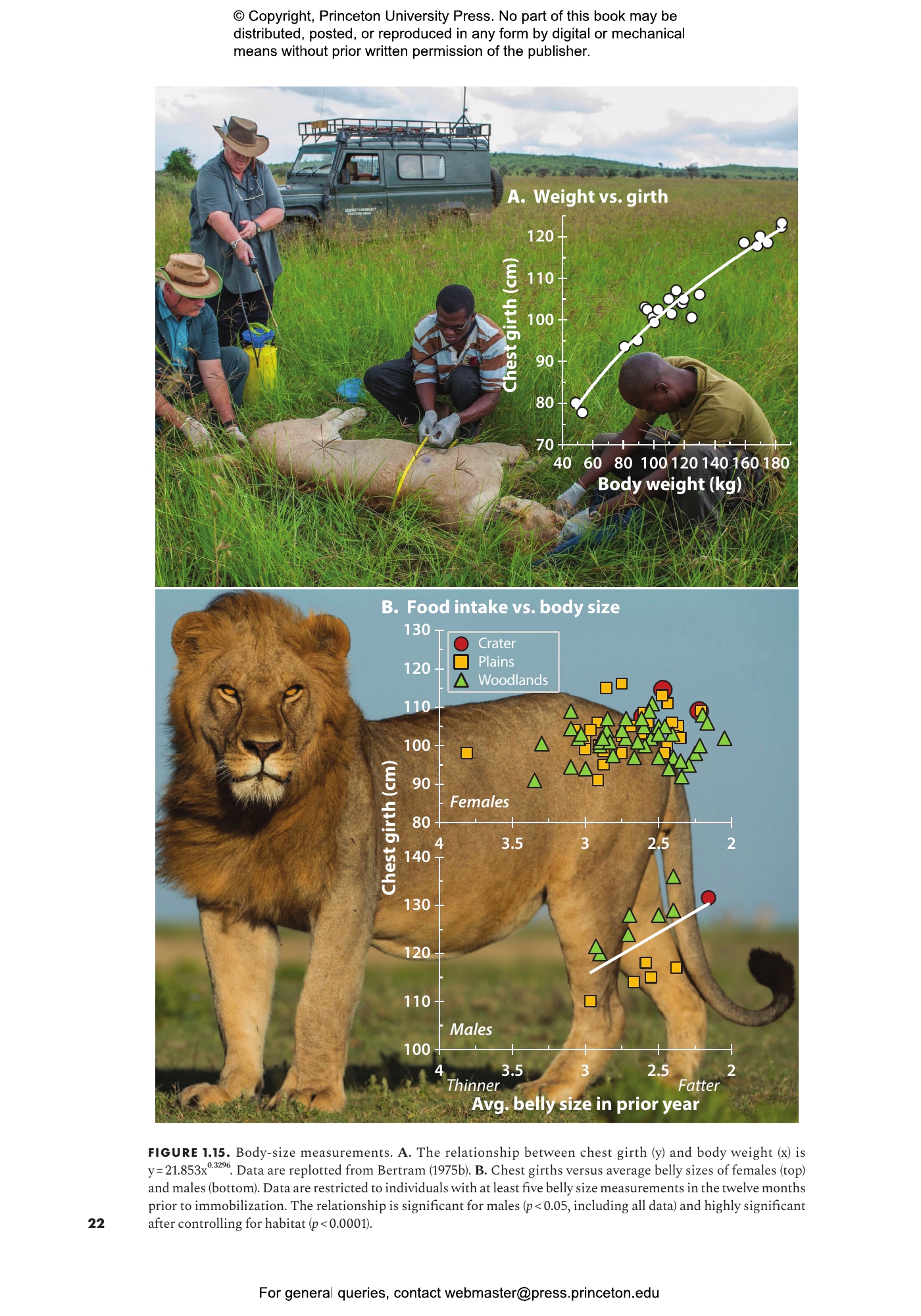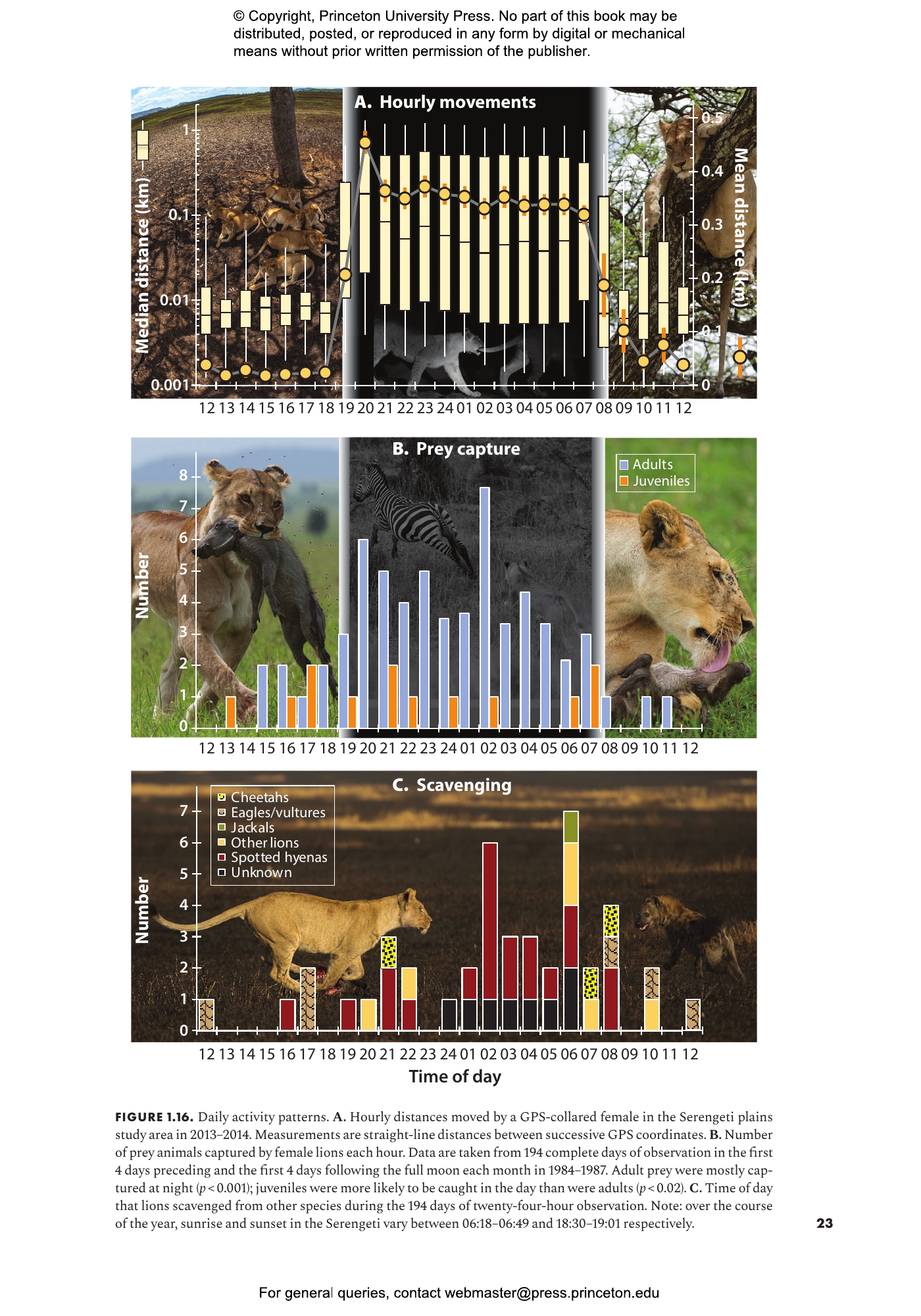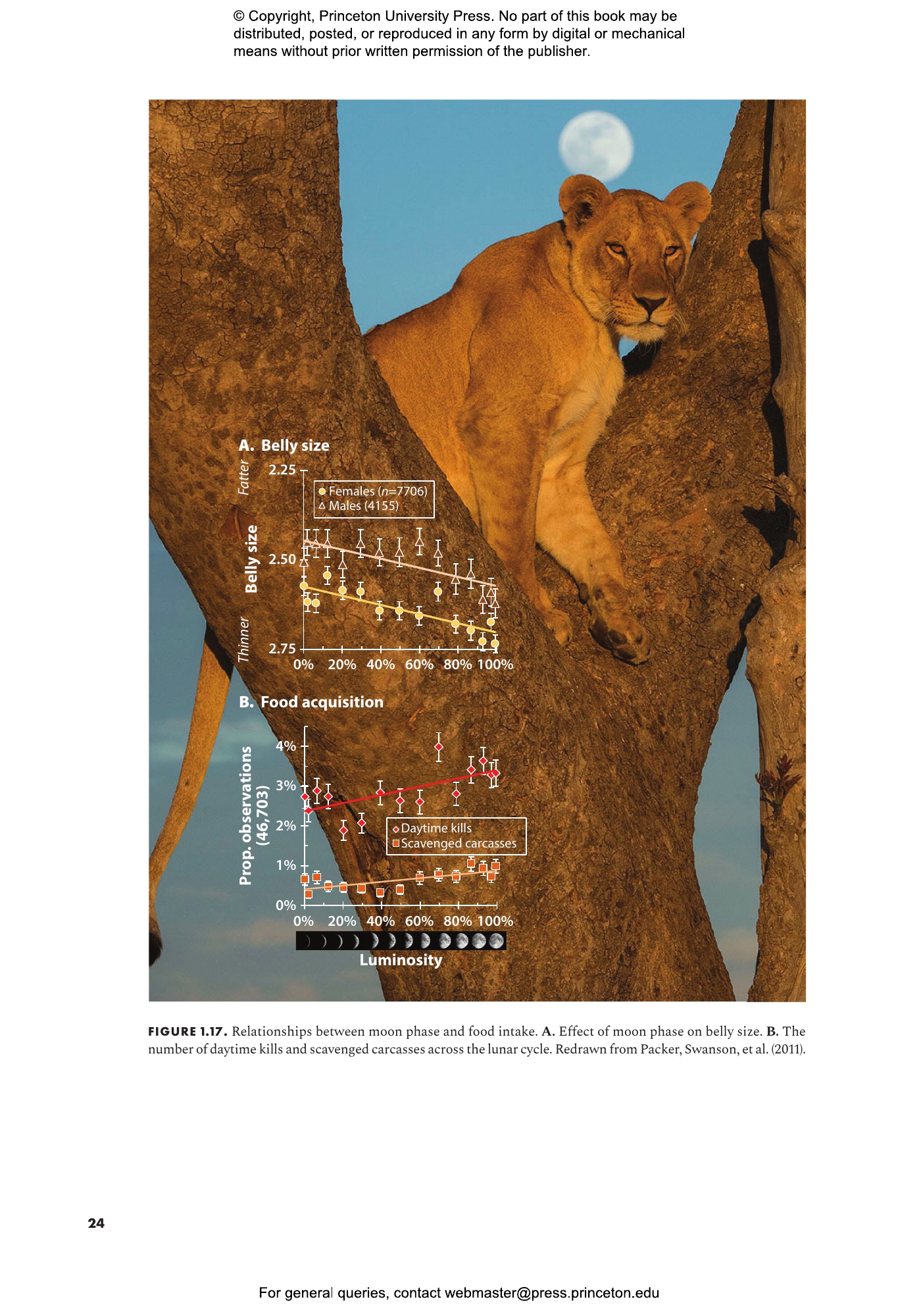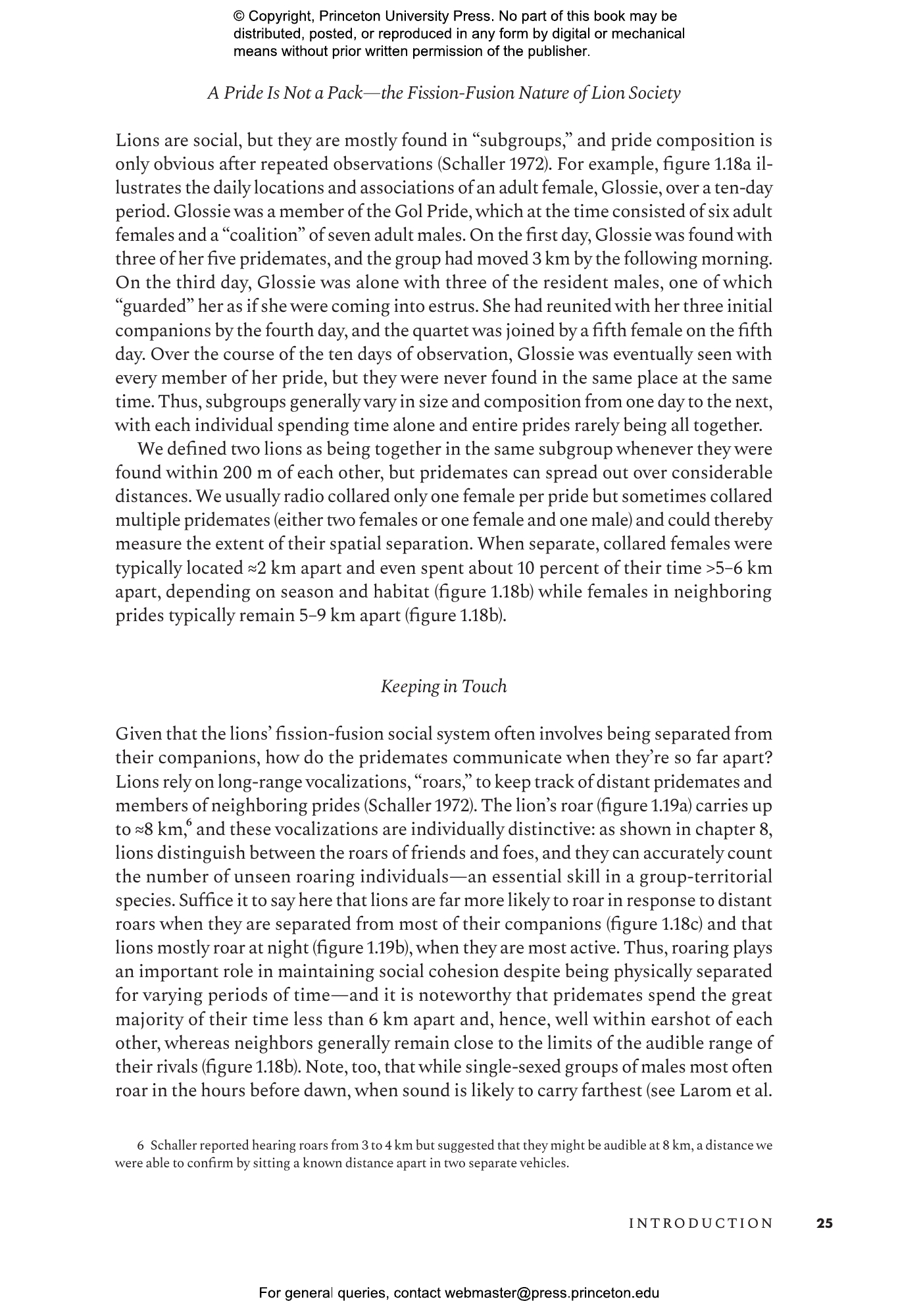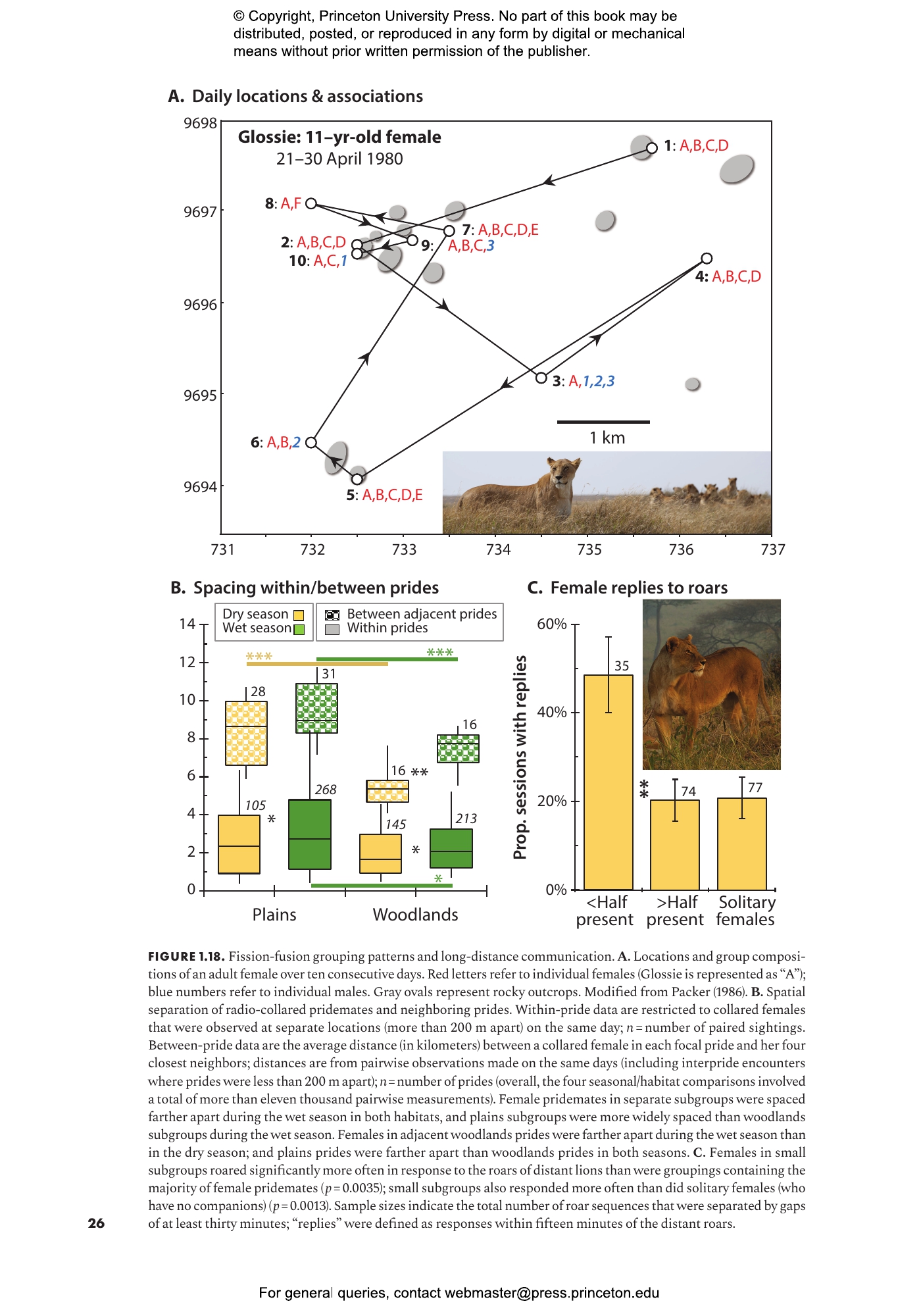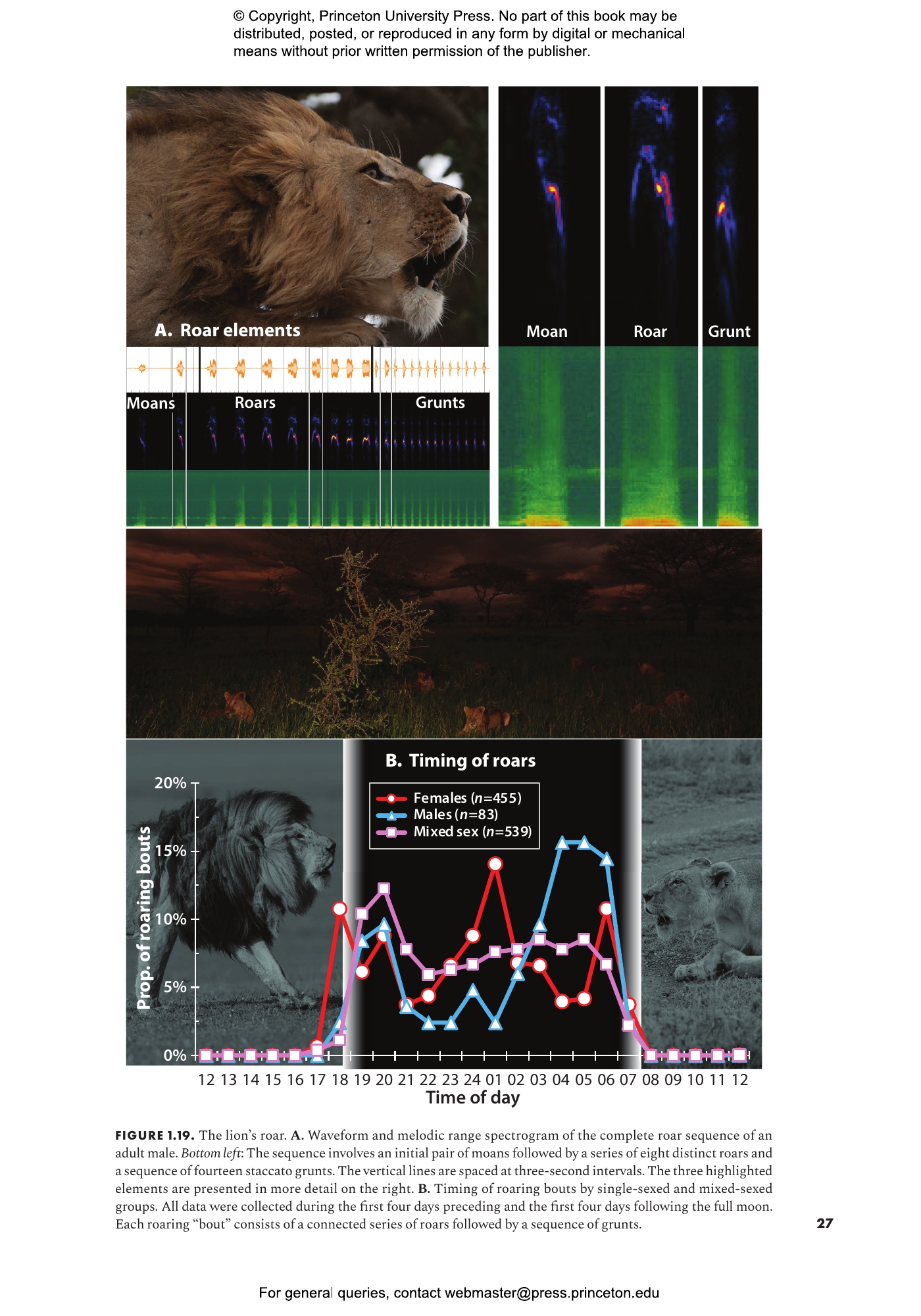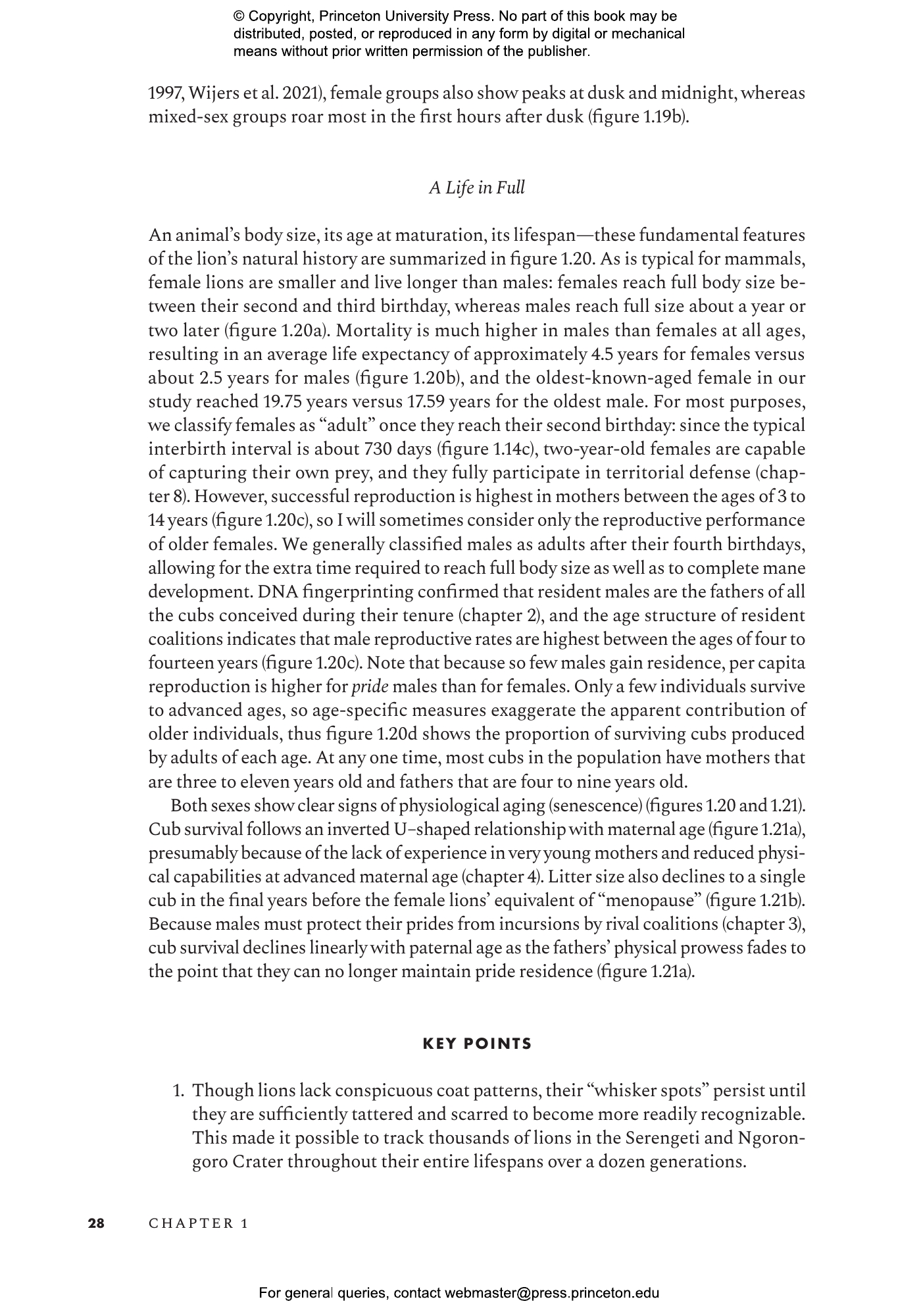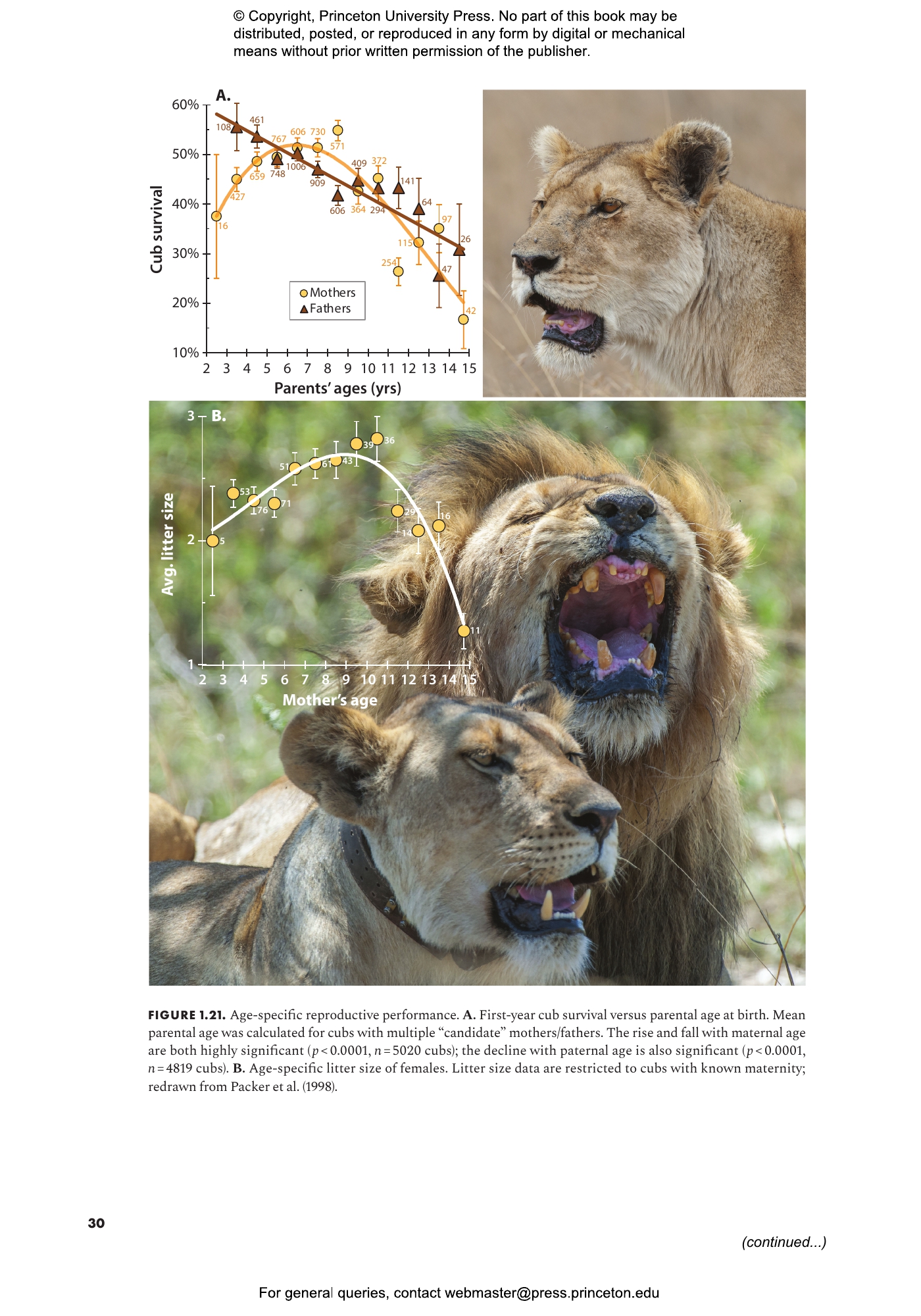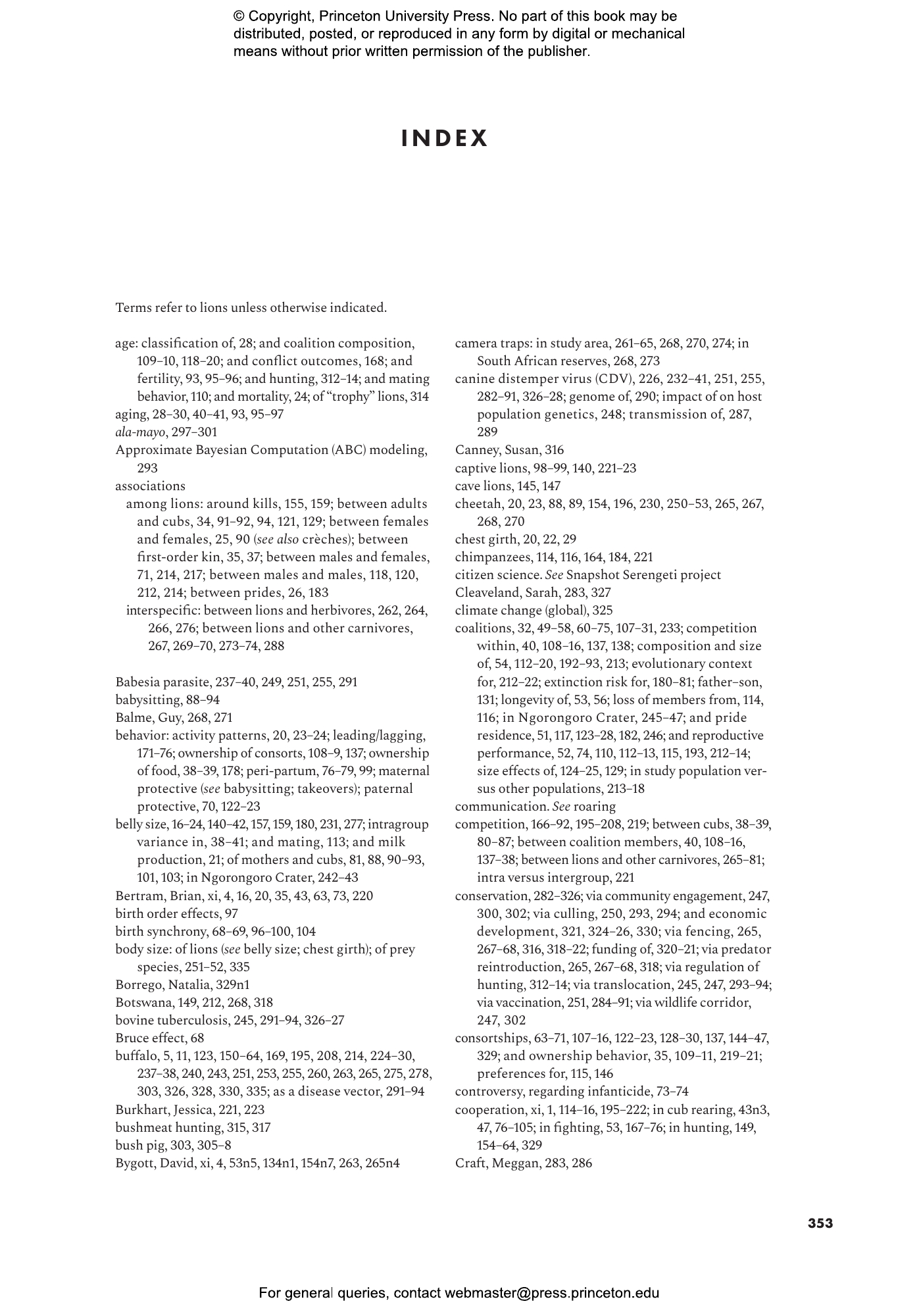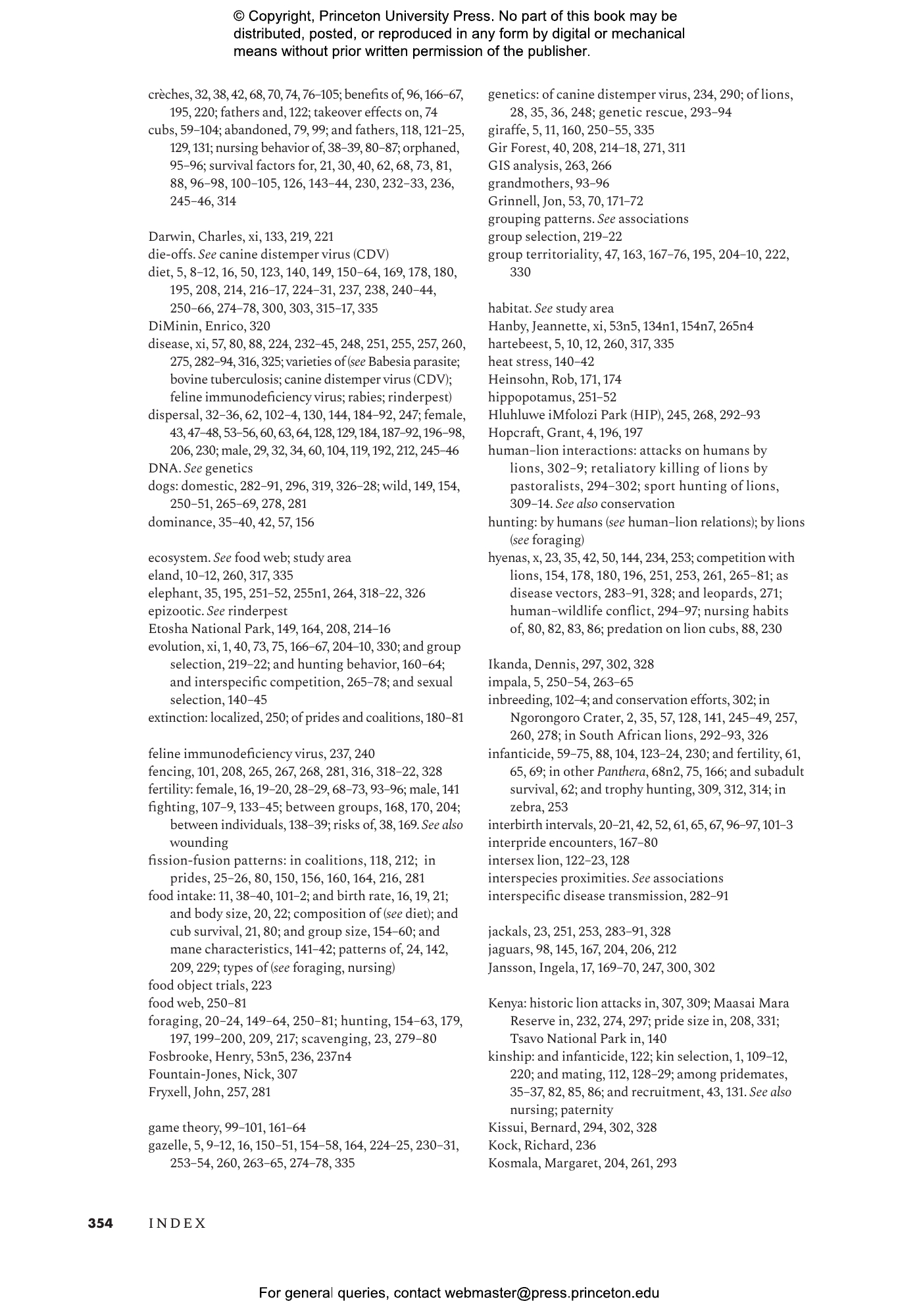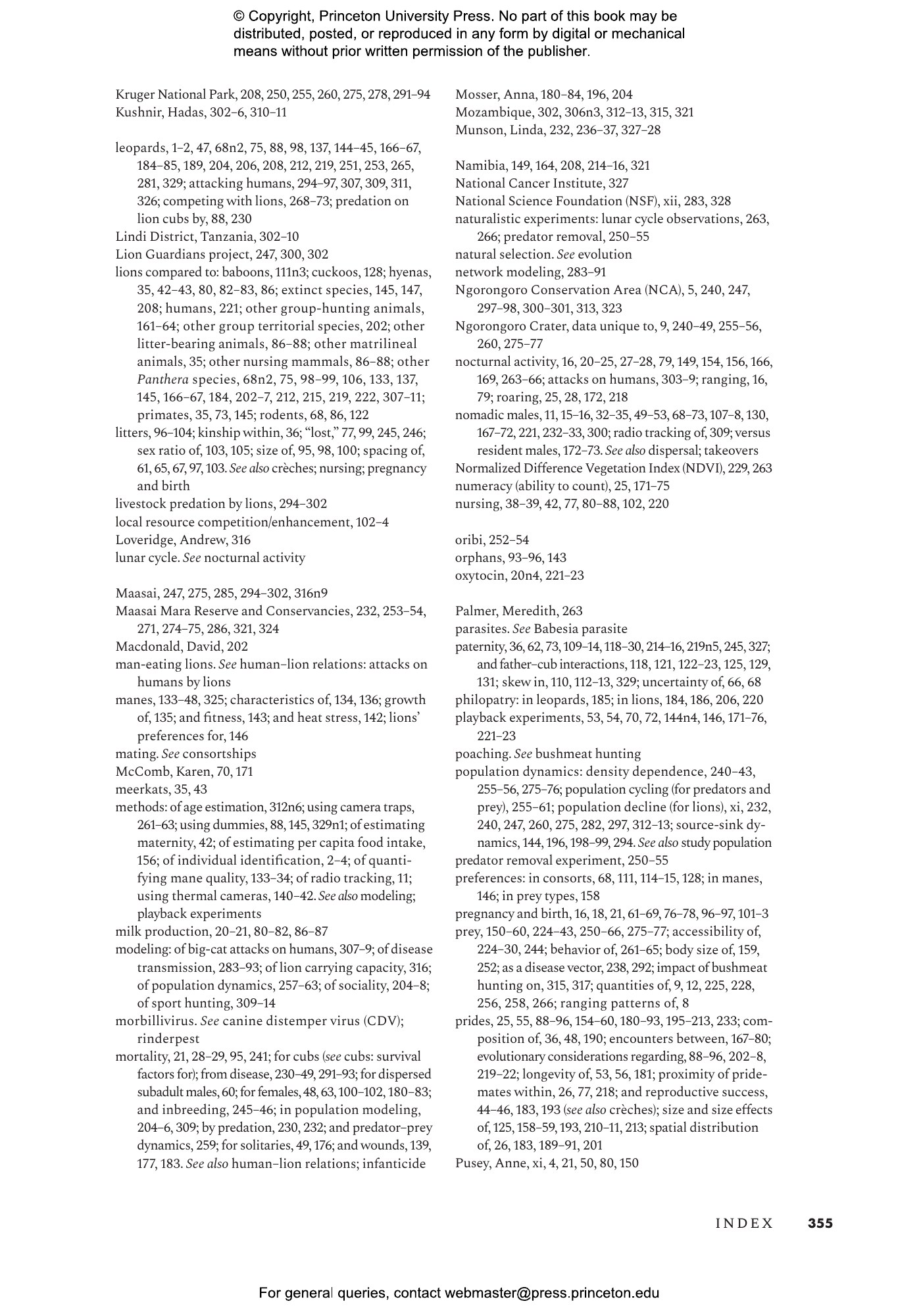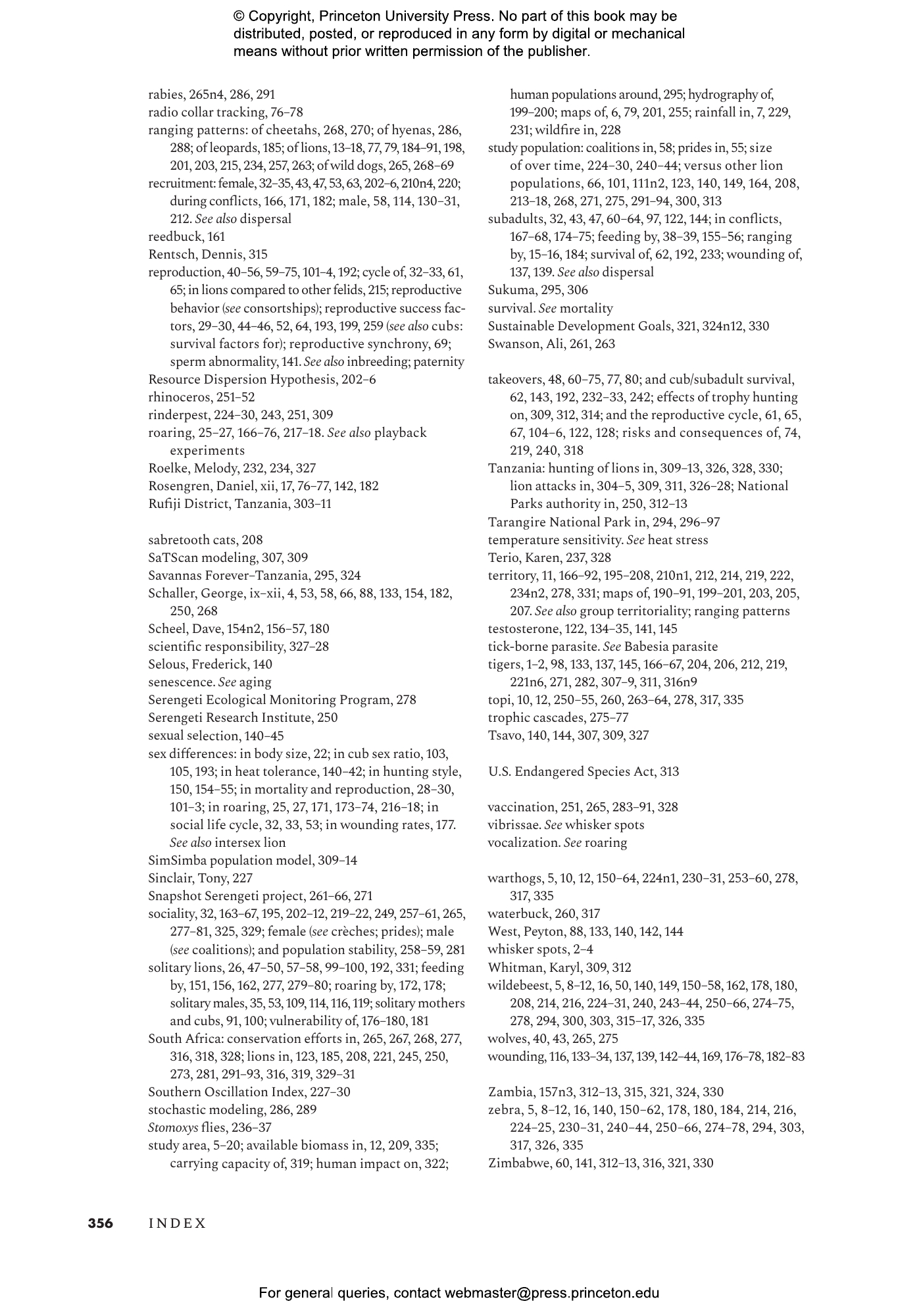Lions are the only social cat. They hunt together, raise cubs together, and defend territories together against neighbors and strangers. Lions also rest atop their ecological pyramid, with profound impacts on competitors and prey alike, but their future is far from assured. Craig Packer interweaves his discoveries from more than forty years of research—including a substantial body of new findings—to provide an unforgettable portrait of the African lion. He shares insights into the intricacies of lion life from birth until death and describes efforts to conserve lions in an increasingly crowded continent. With a wealth of breathtaking photographs by Daniel Rosengren, The Lion sheds light on a host of intriguing scientific questions, such as why males have manes, why lions are social, how sociality limits and stabilizes lion populations, how close inbreeding affects lion health, why lions become man-eaters, how lions and people can best be protected from each other, and how to ensure the lion’s survival into the next century.
- Engagingly written by the world’s foremost expert on African lions
- Integrates a wealth of findings from two of the most comprehensive field studies on any animal
- Features hundreds of stunning photographs that capture a broad range of lion behaviors, ecological interactions, and conservation challenges
- Blends vivid field anecdotes and graphics to give the reader a sense of adventuring into the lion’s world
Awards and Recognition
- A Choice Outstanding Academic Title of the Year
Craig Packer is Distinguished McKnight University Professor in the Department of Ecology, Evolution, and Behavior at the University of Minnesota. He is a fellow of the American Academy of Arts and Sciences and the American Association for the Advancement of Science and is the award-winning author of Into Africa and Lions in the Balance: Man-Eaters, Manes, and Men with Guns.
"[Packer] demonstrates the incredible insights that a brilliant mind can reach based on half a century of multidisciplinary research. . . . I expect it will remain a must-read work for any scholar interested in carnivore ecology and conservation, for decades to come."—Miha Krofel, BioScience
"For anyone concerned with the fate of the lion, indeed with the future of African wildlife in all its richness and diversity, this is an important book."—David M. Gascoigne, Travels With Birds
“The Lion reads like a fast-paced narrative nonfiction book, packed with beautifully presented data and illustrative photography informed by decades of research and diary moments that bring each case to life. Packer’s extraordinary account is a must-read for budding field biologists, ecologists, and anyone curious about lions and life on the African savannah. Bravo!”—Caitlin O’Connell, author of Wild Rituals
“The Lion provides the ultimate overview of one of the world’s most iconic species, written by one of the world’s most iconic conservation scientists. Craig Packer skillfully combines immense knowledge, fascinating insights, and incredible imagery to advance not only the understanding of lions themselves, but also what we must do to help conserve them. This book deserves to be on the bookshelves of anyone with a passion for these incredible cats, and to endure as a classic of conservation science and storytelling.”—Amy Dickman, WildCRU, University of Oxford
“This is the most profound and comprehensive analysis of the biology of a large carnivore, or indeed, any large mammal, so far studied. It is without equal. Using data on individuals and their offspring covering almost half a century, Craig Packer demonstrates the evolutionary advantages of social group living, reproductive adaptations, feeding ecology, population dynamics, competition, and conservation of lions in the Serengeti ecosystem of East Africa. It will become the standard for all future research.”—Anthony R. E. Sinclair, author of A Place like No Other: Discovering the Secrets of Serengeti
“The Lion serves as a capstone on what has been a remarkable career devoted to the study of a highly mobile, fierce, and charismatic species in a singularly important landscape. The book’s sweeping breadth and immense detail are very compelling.”—Robert Montgomery, University of Oxford
